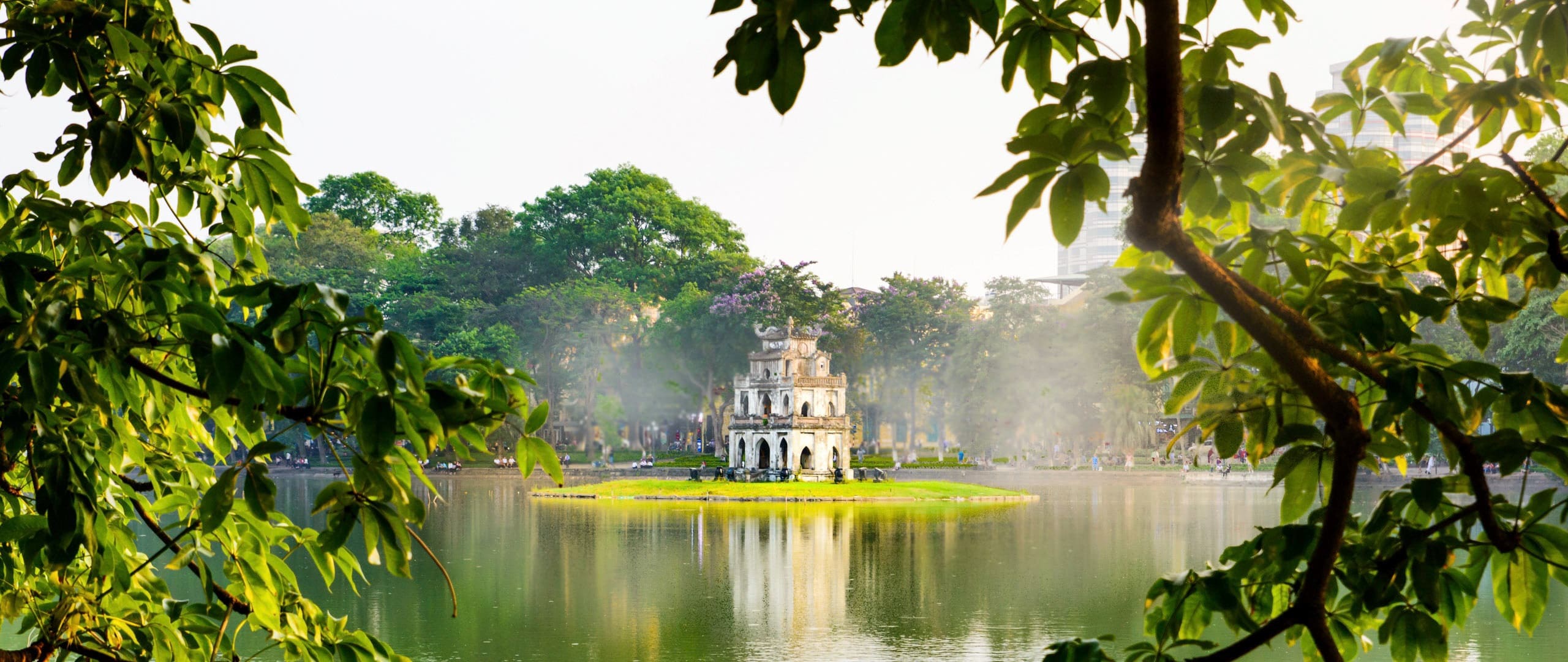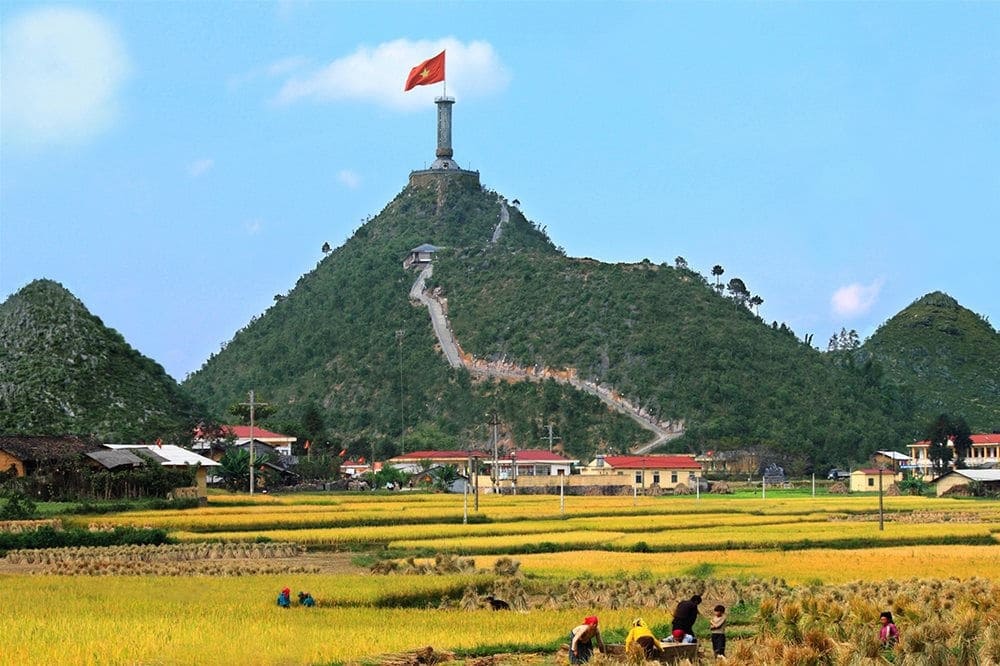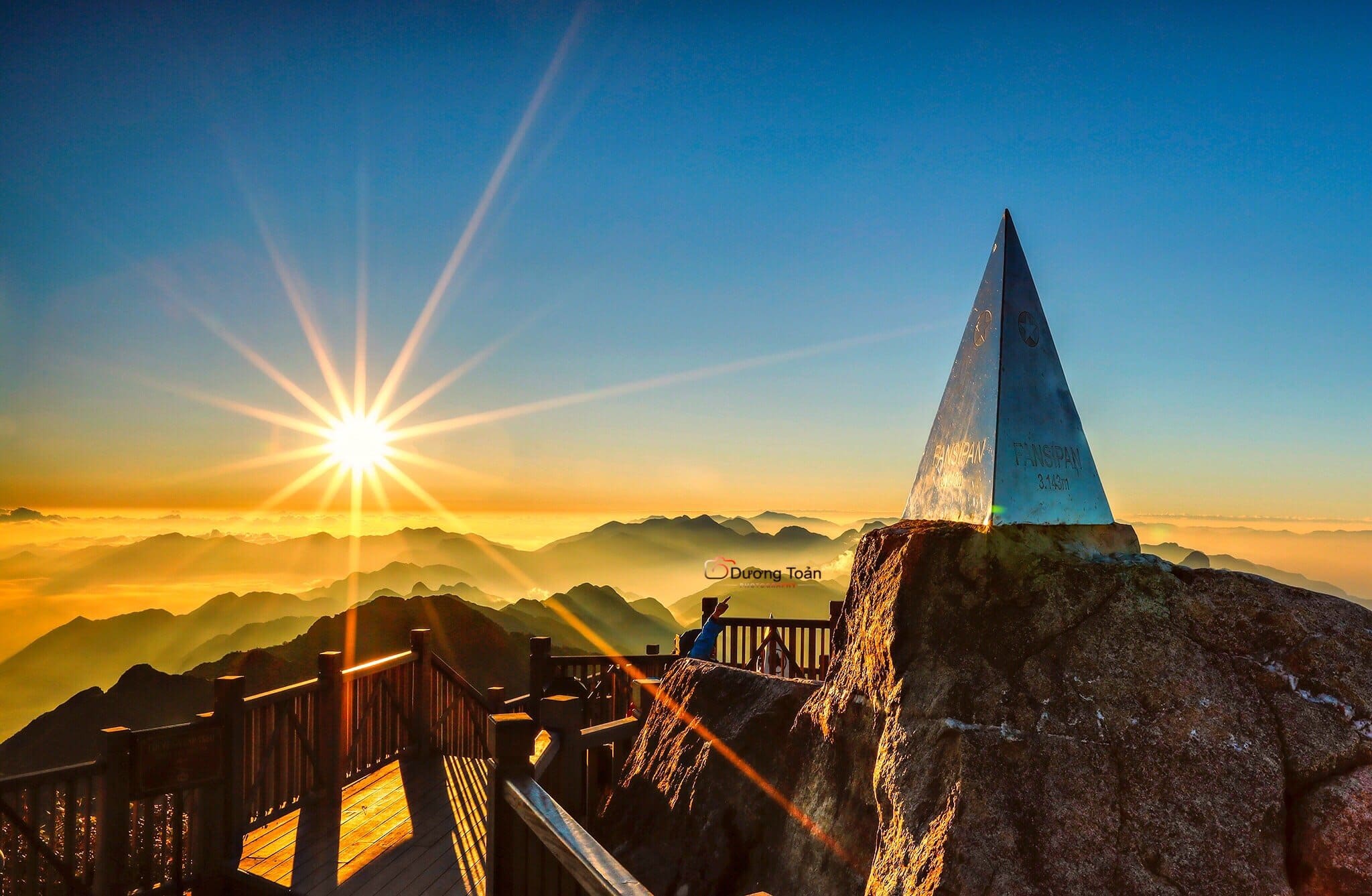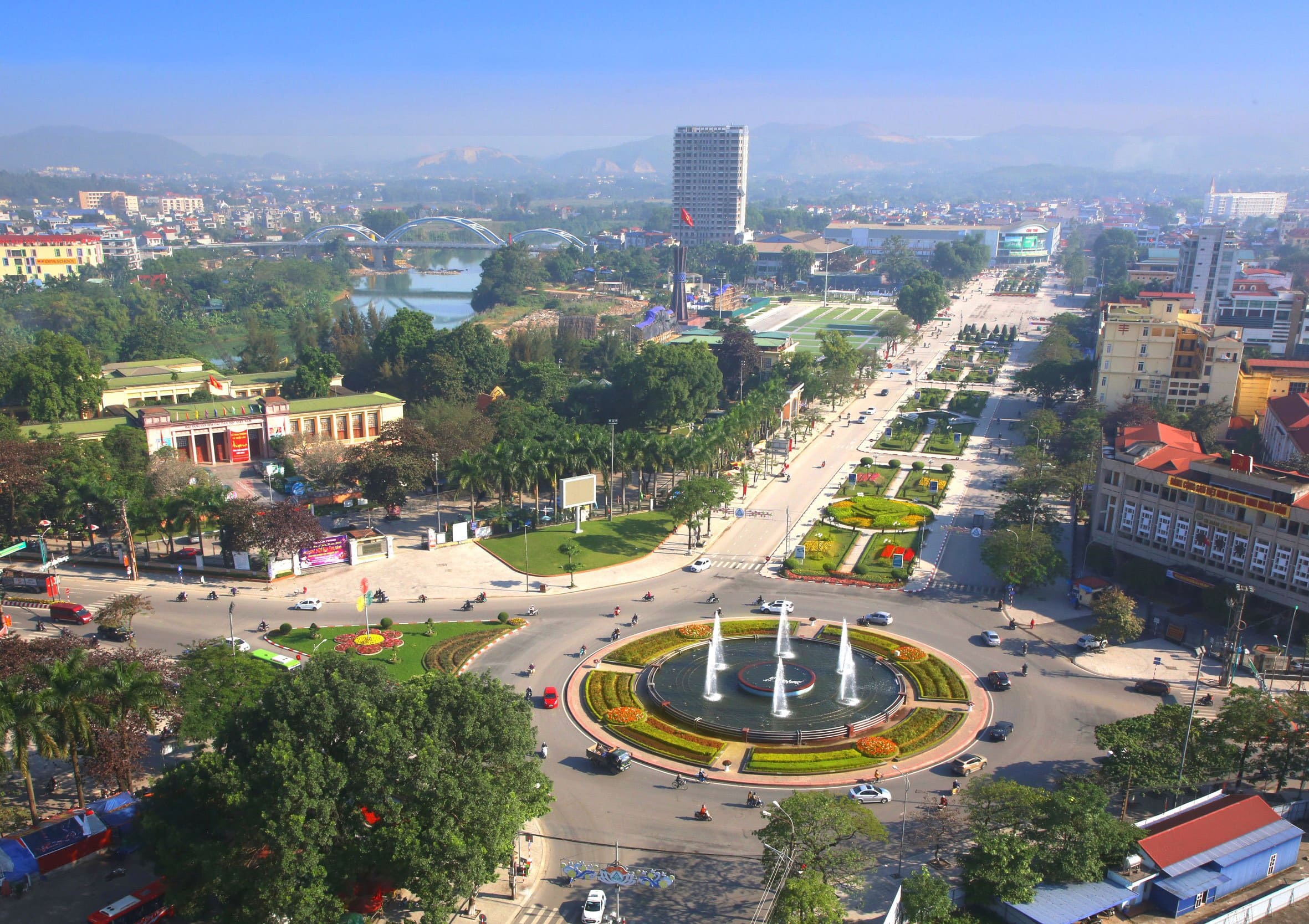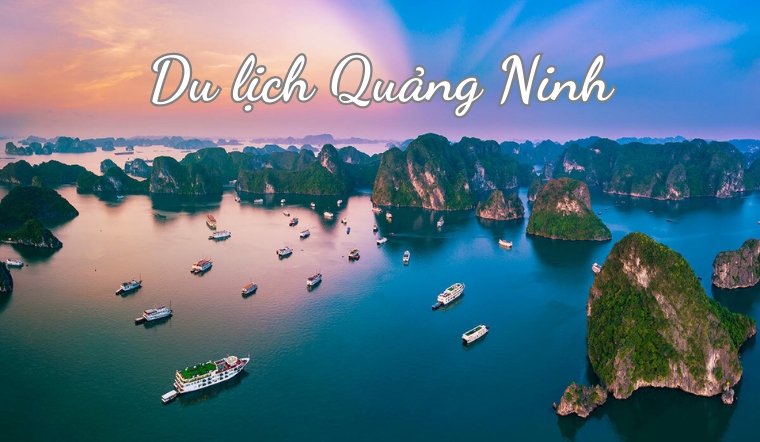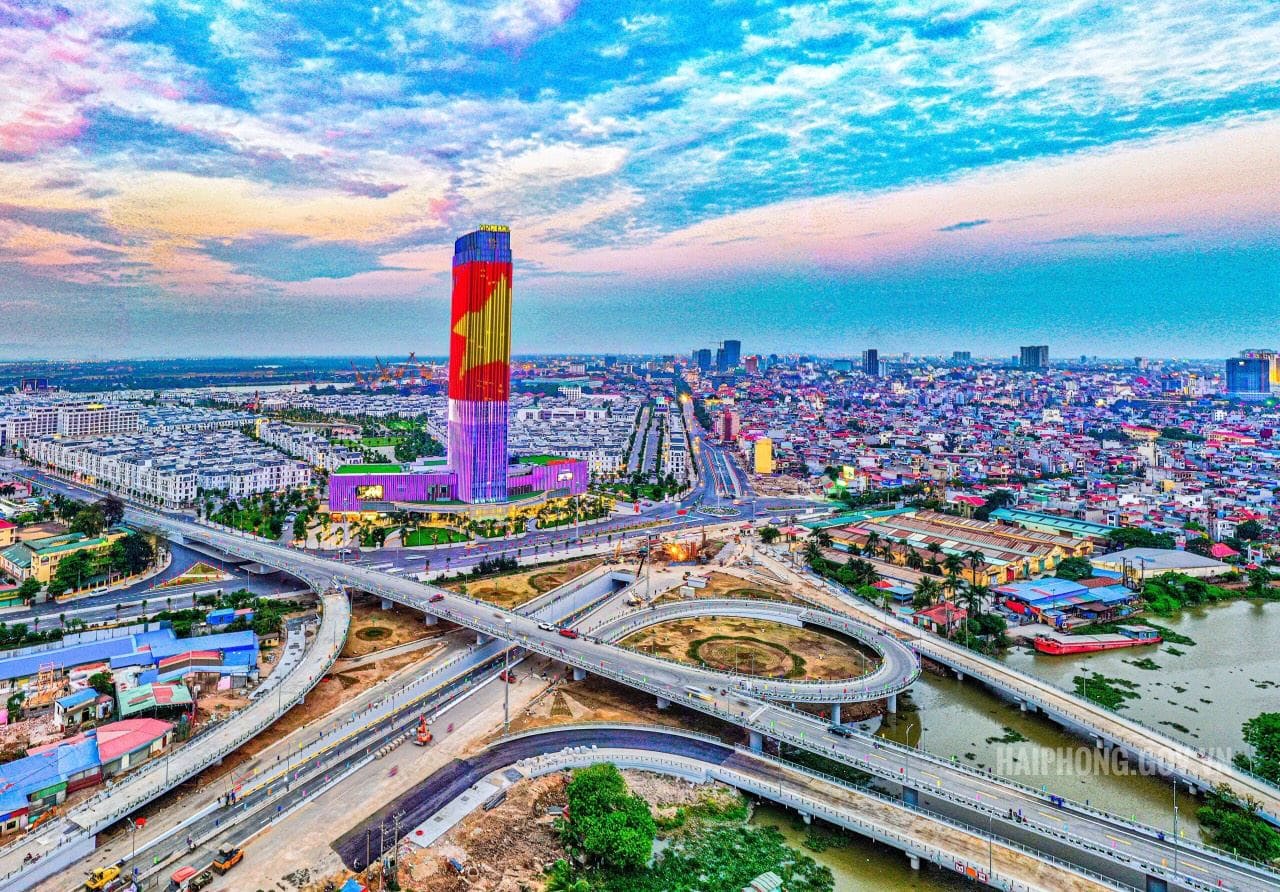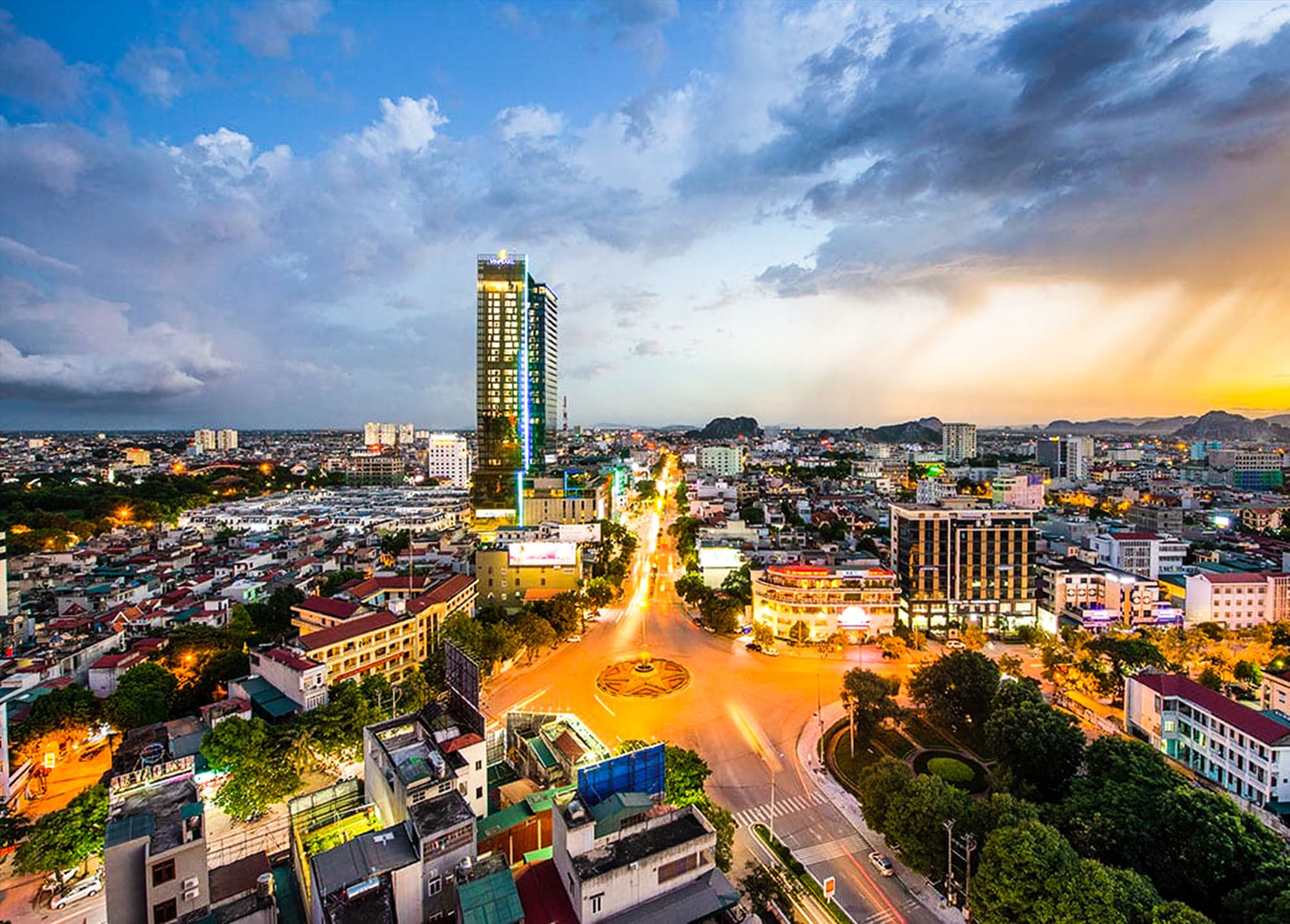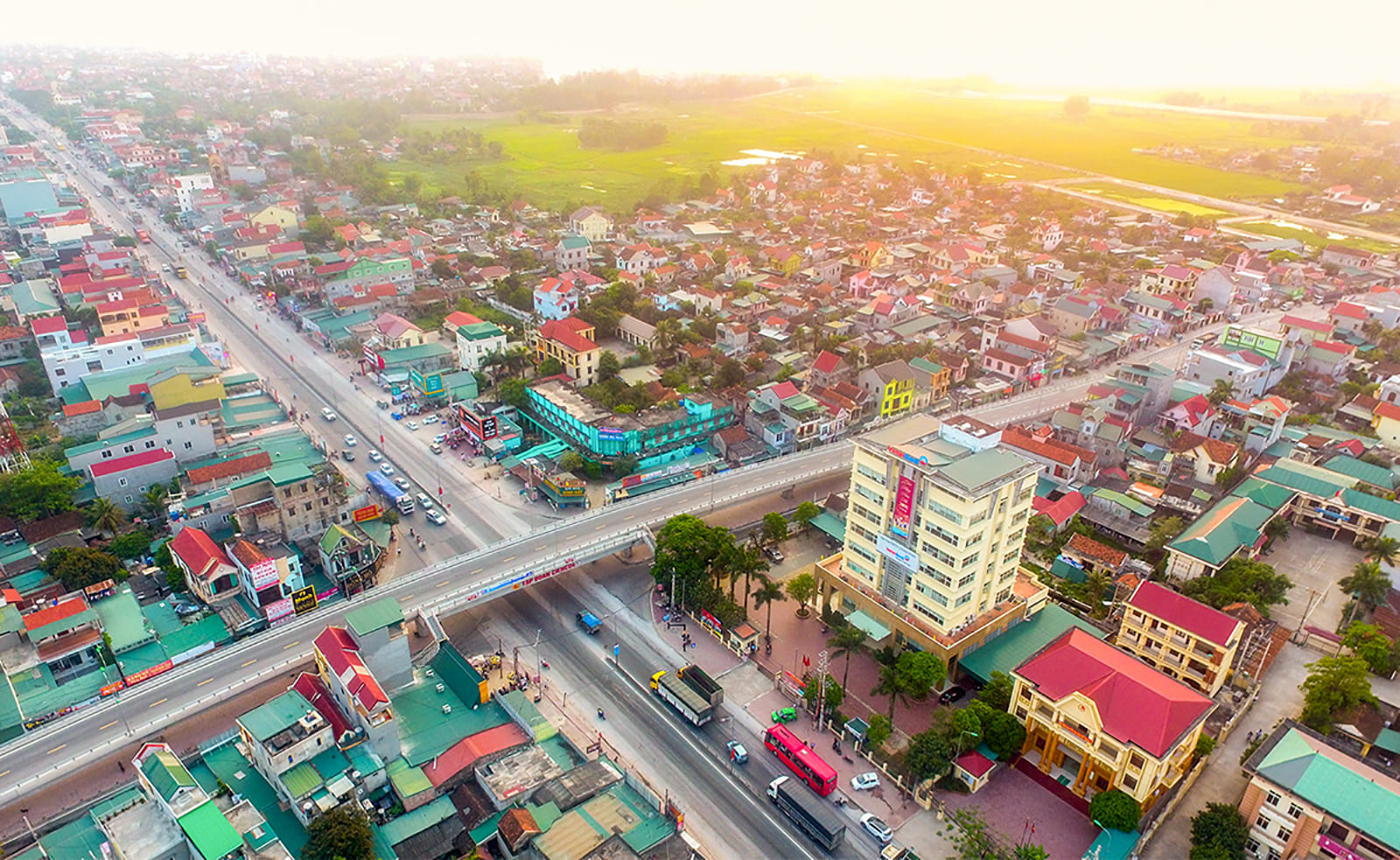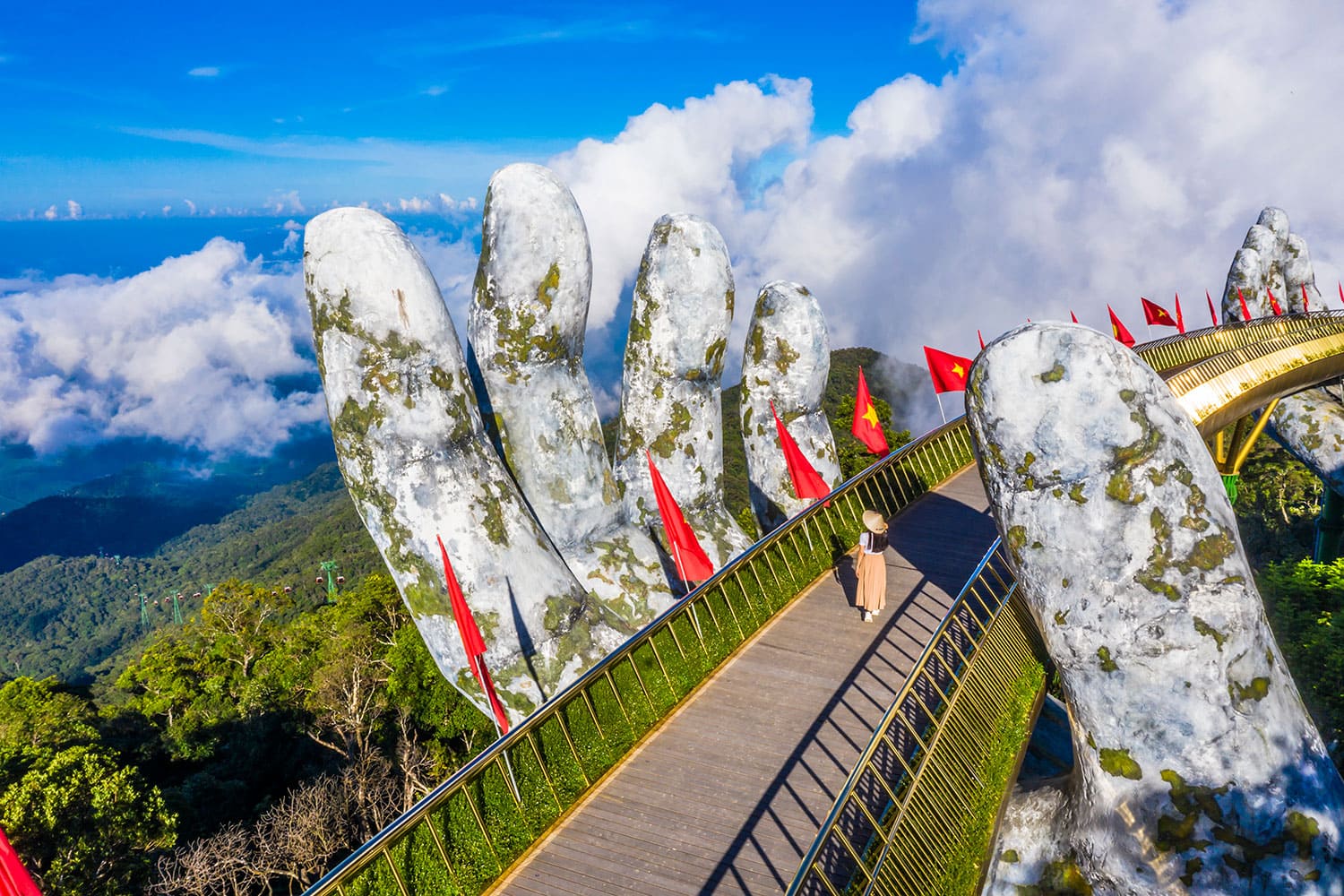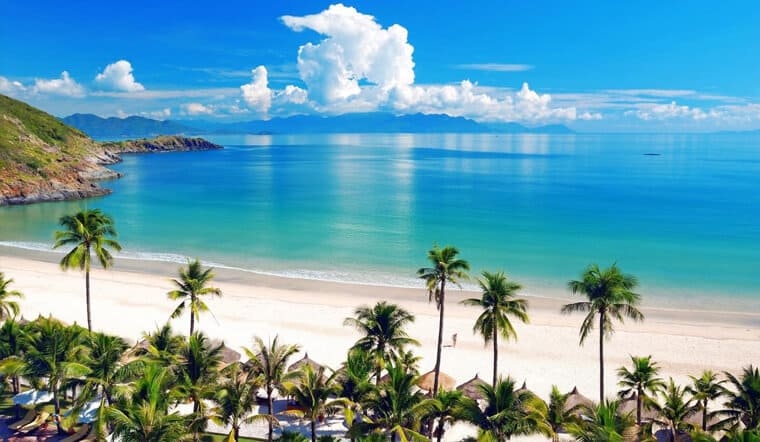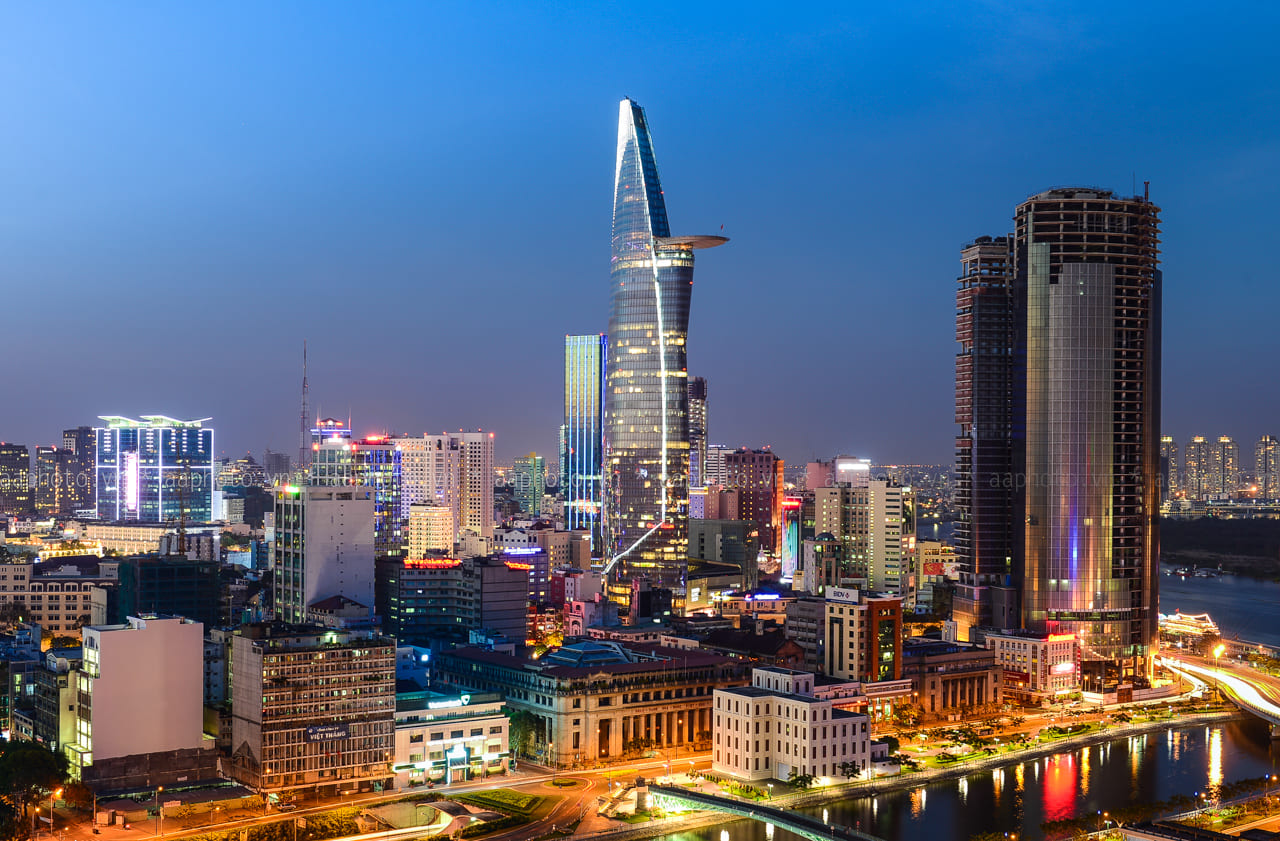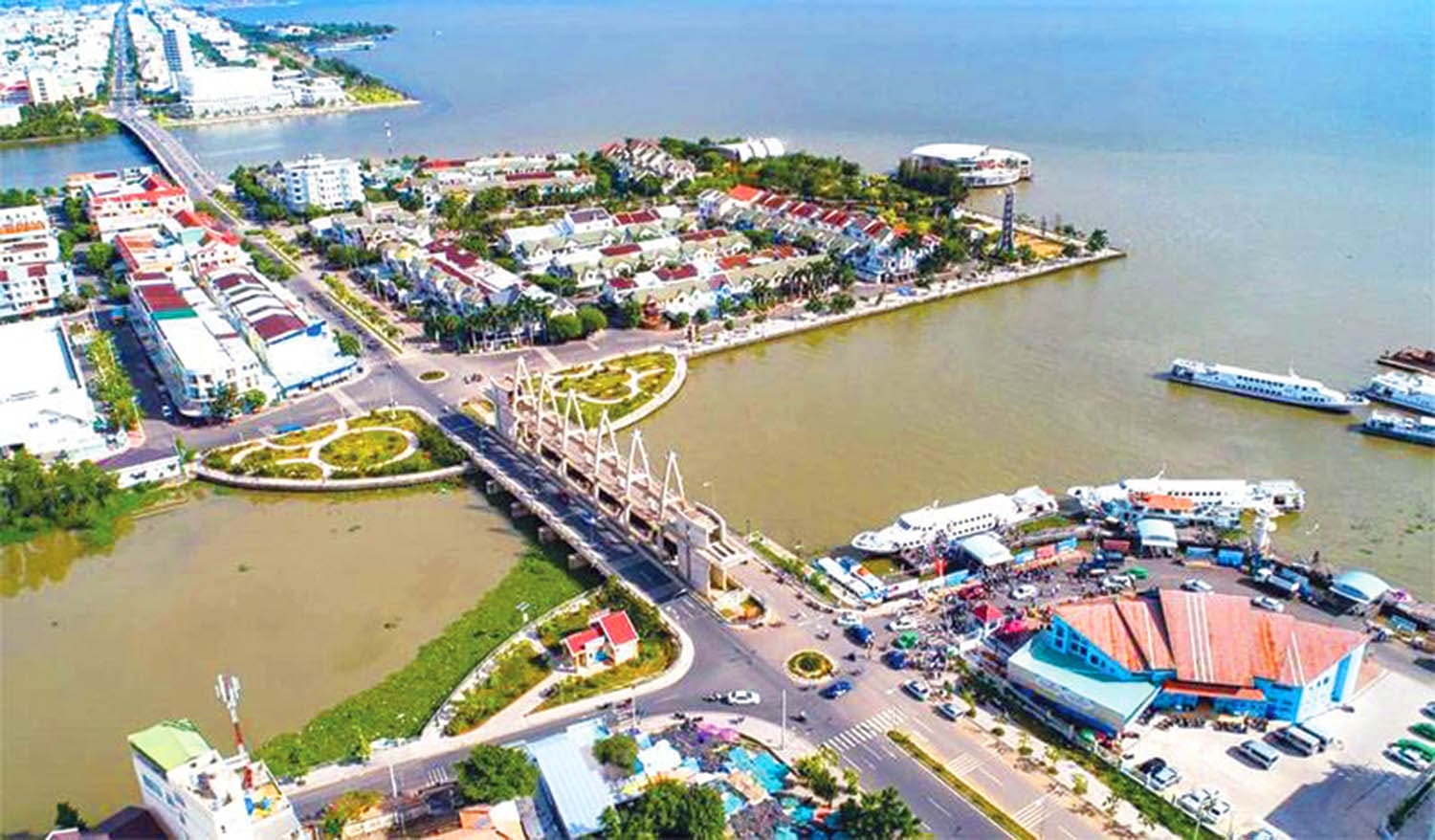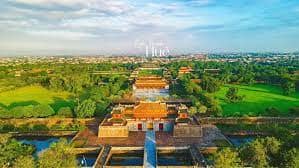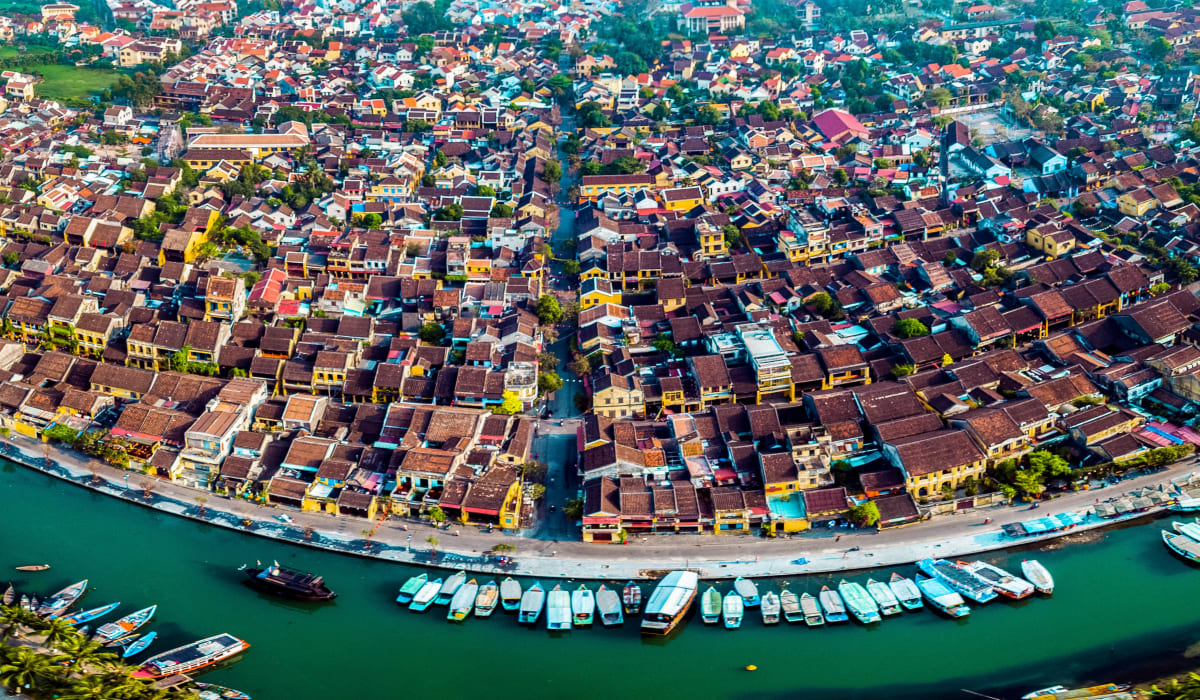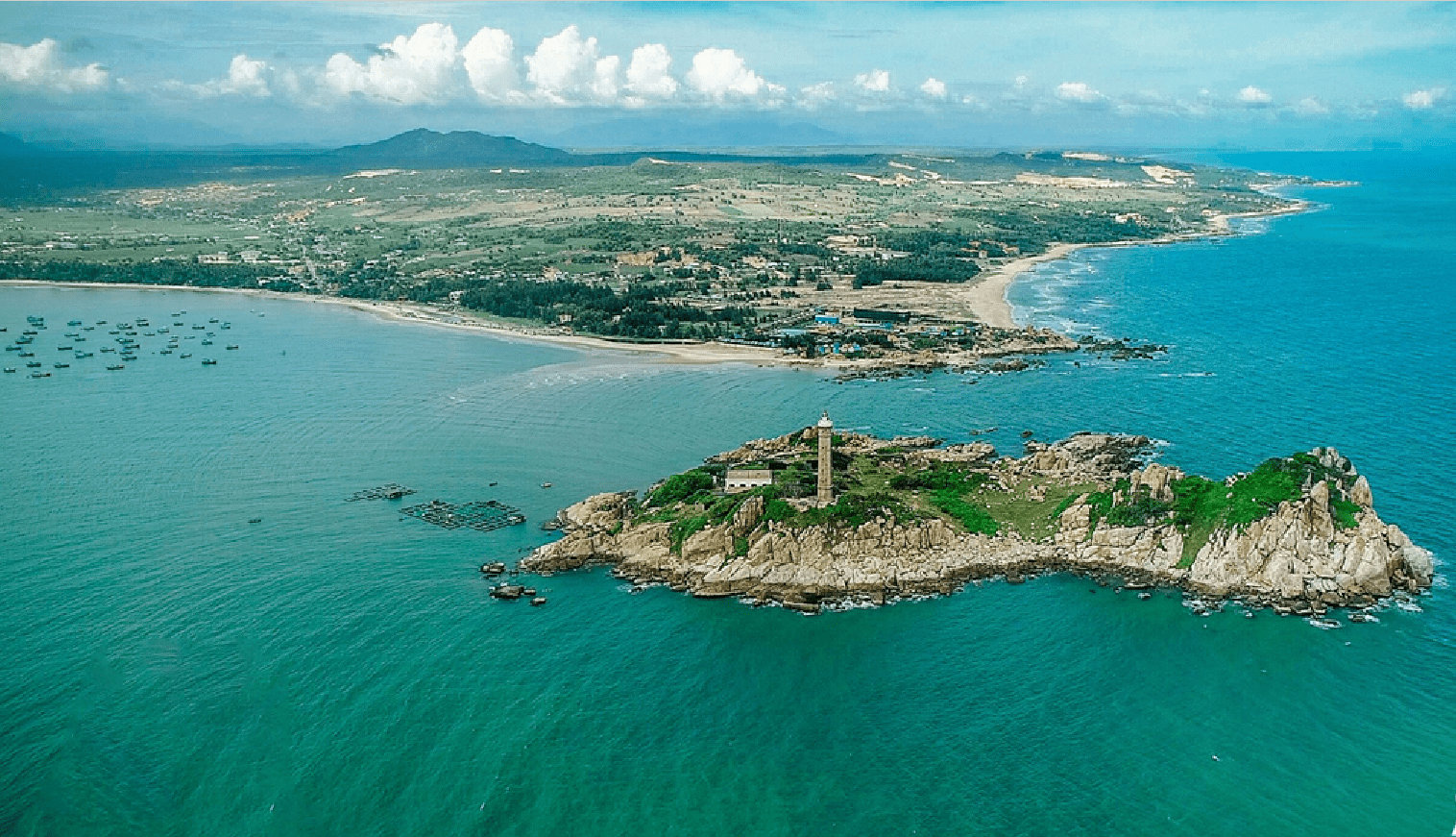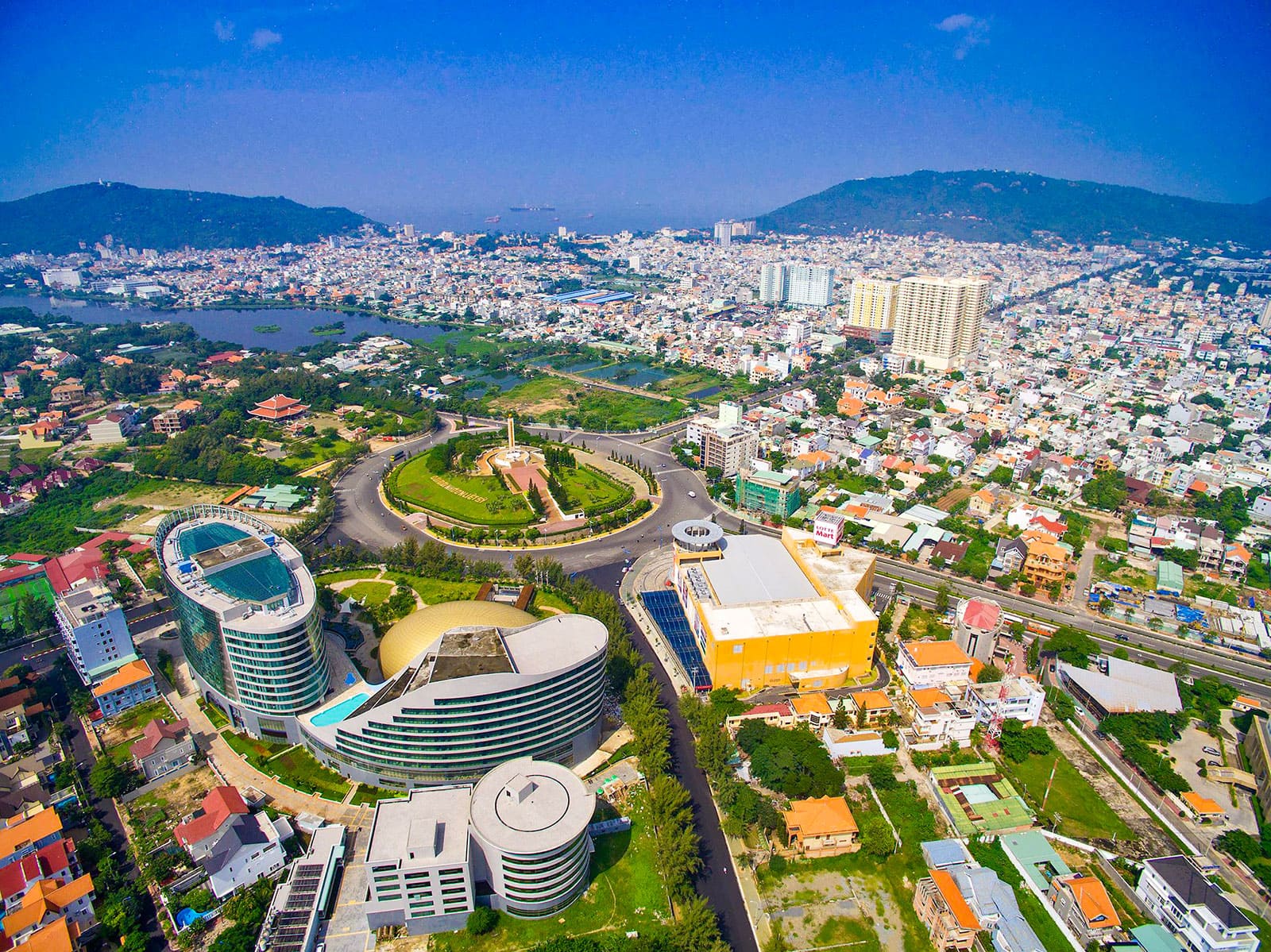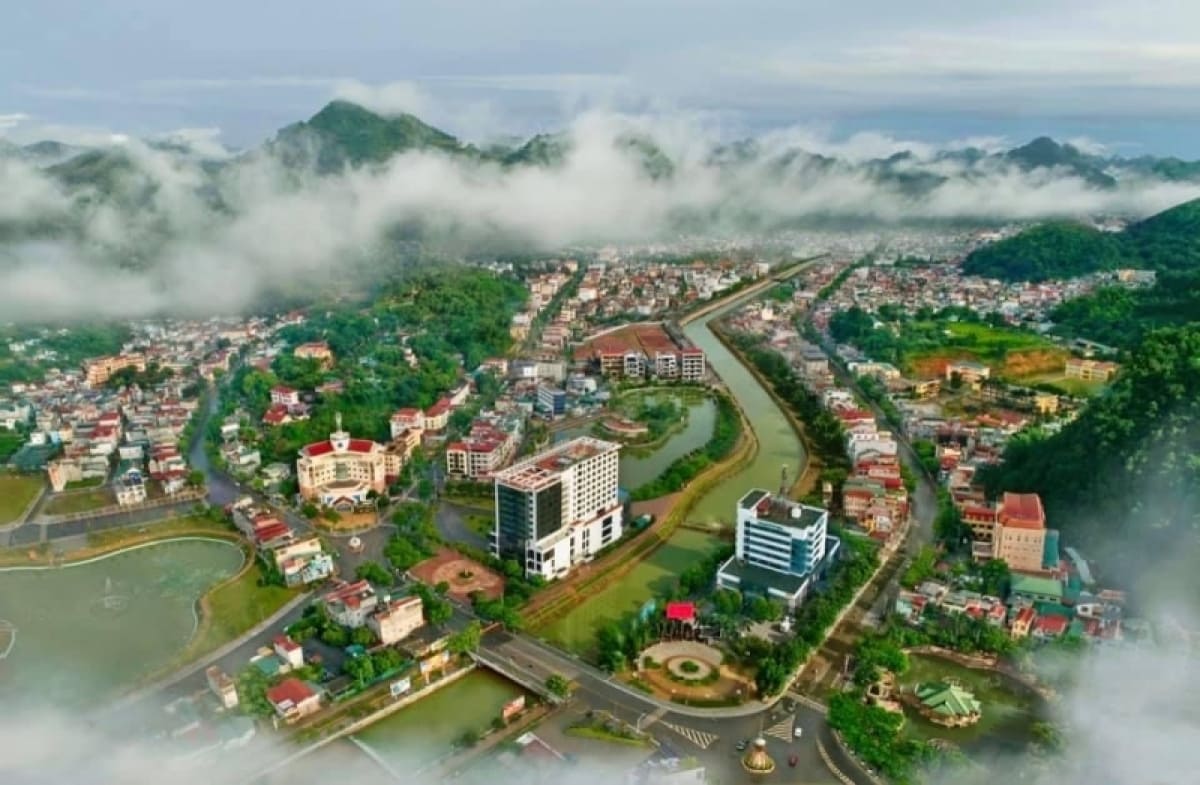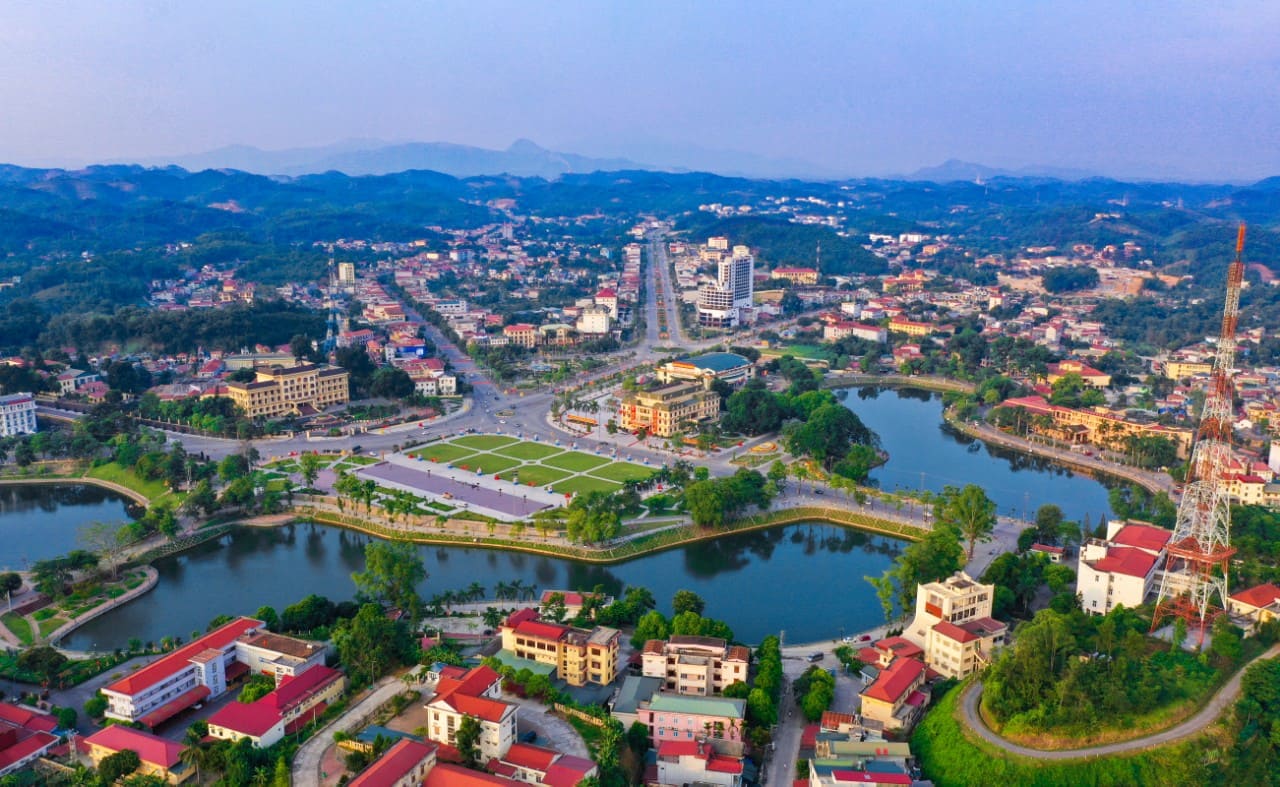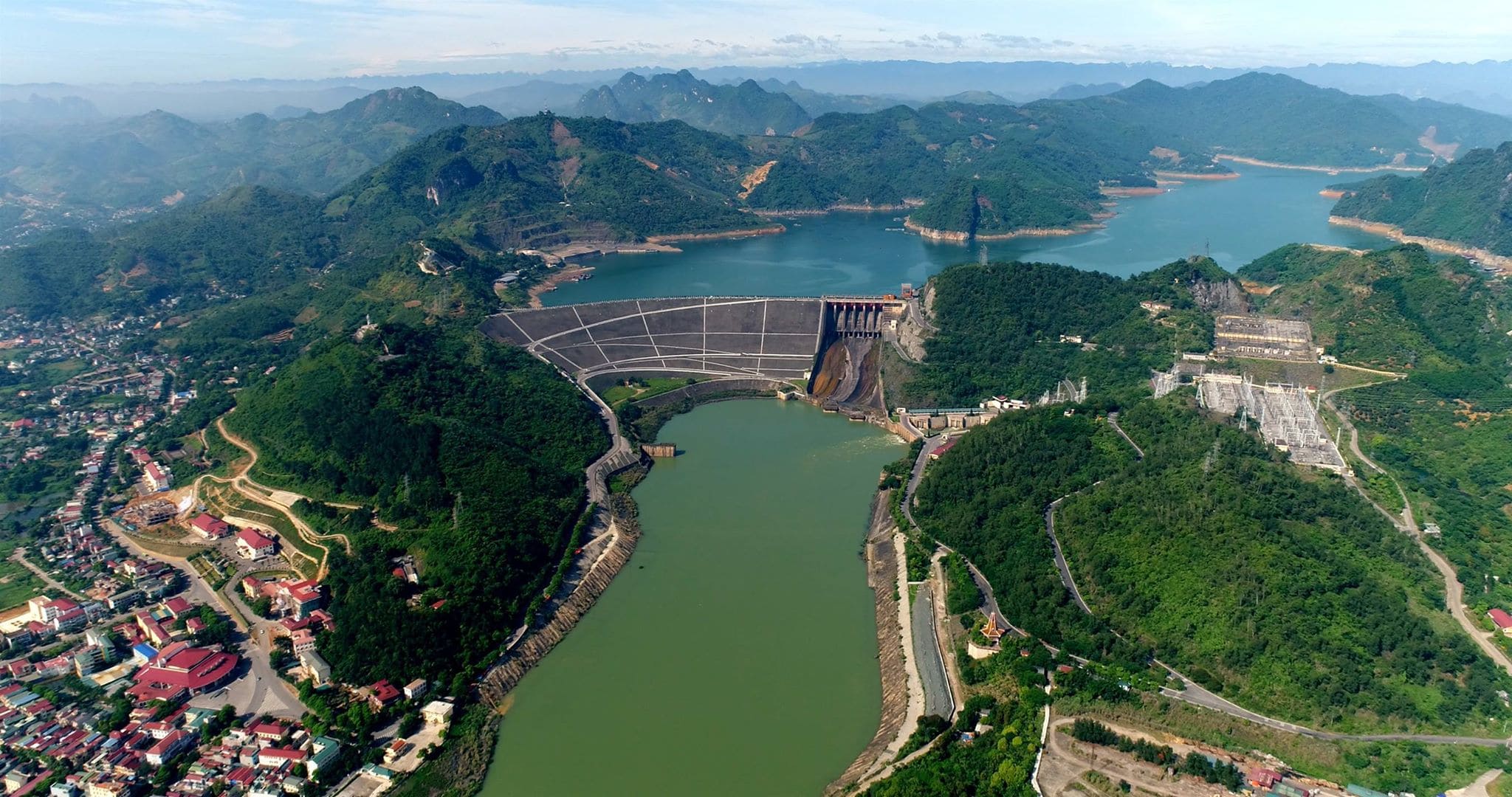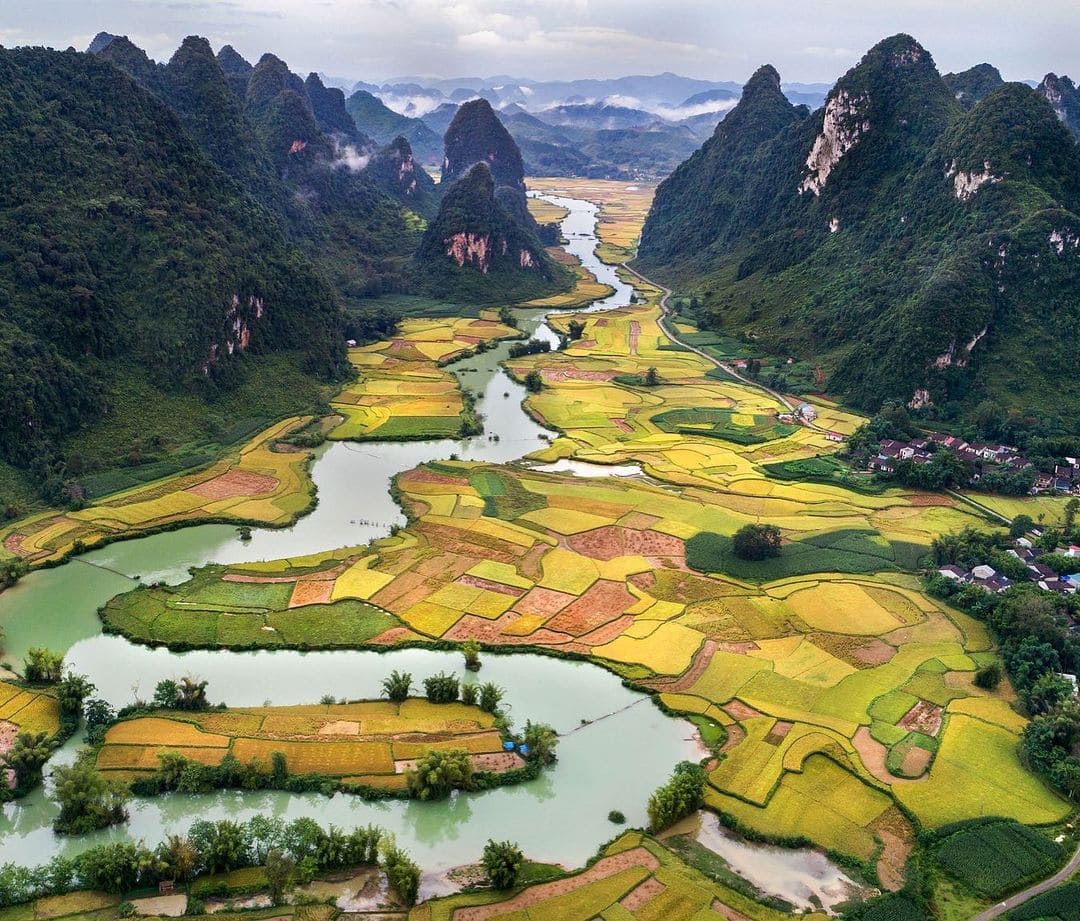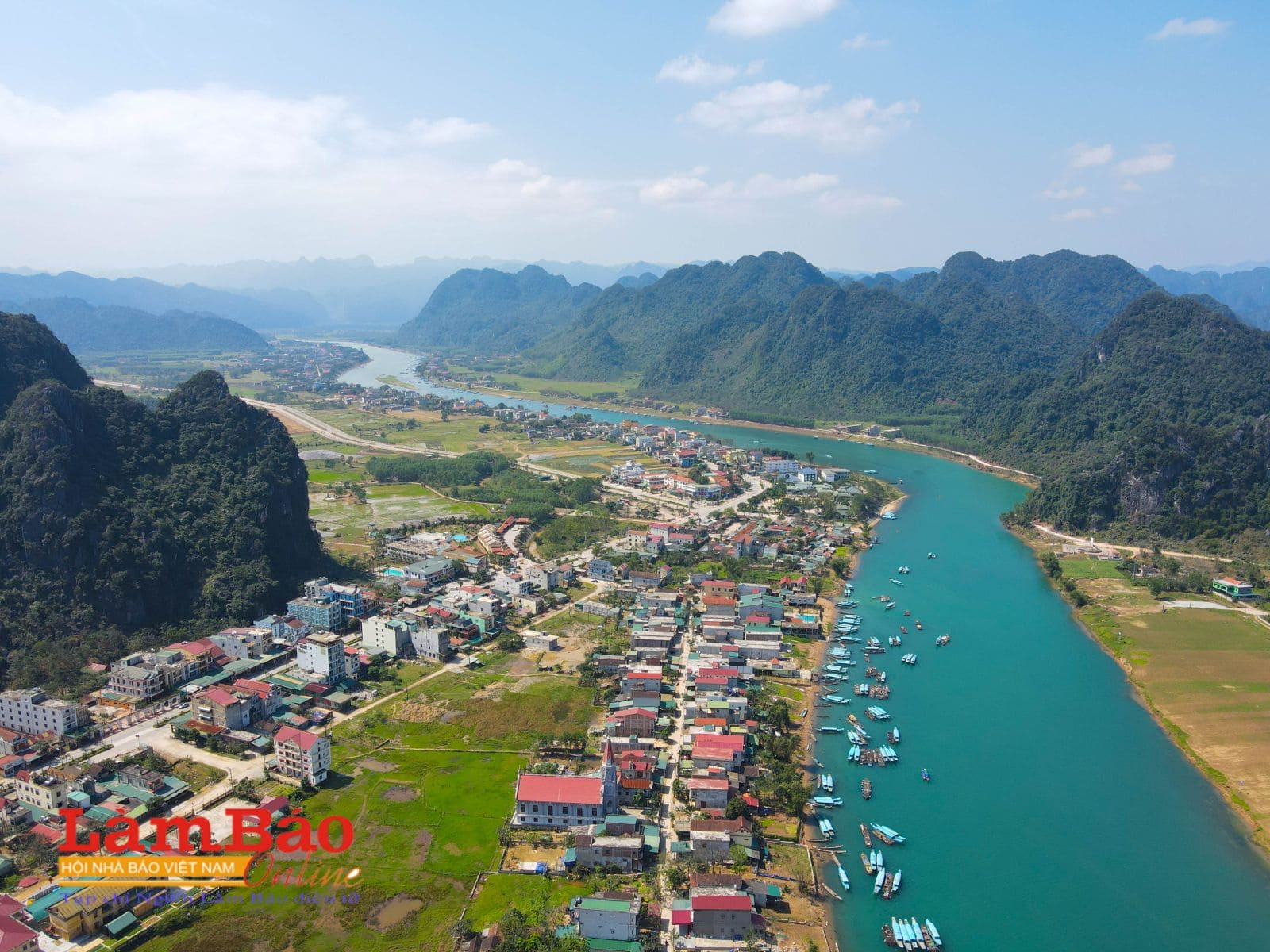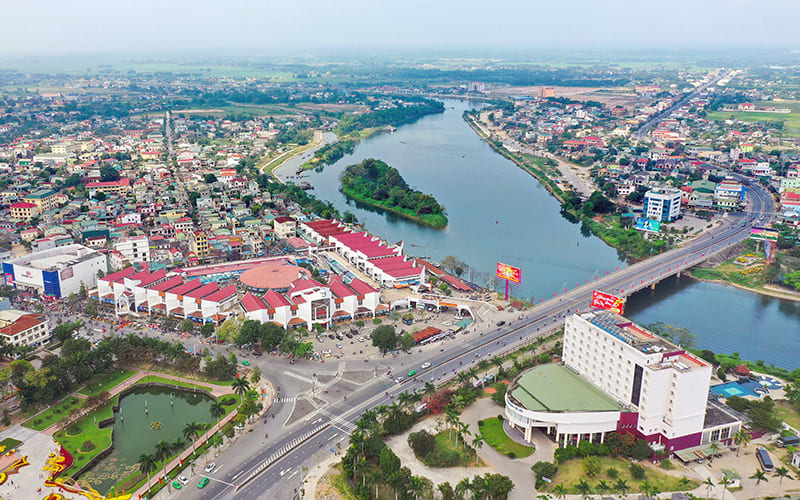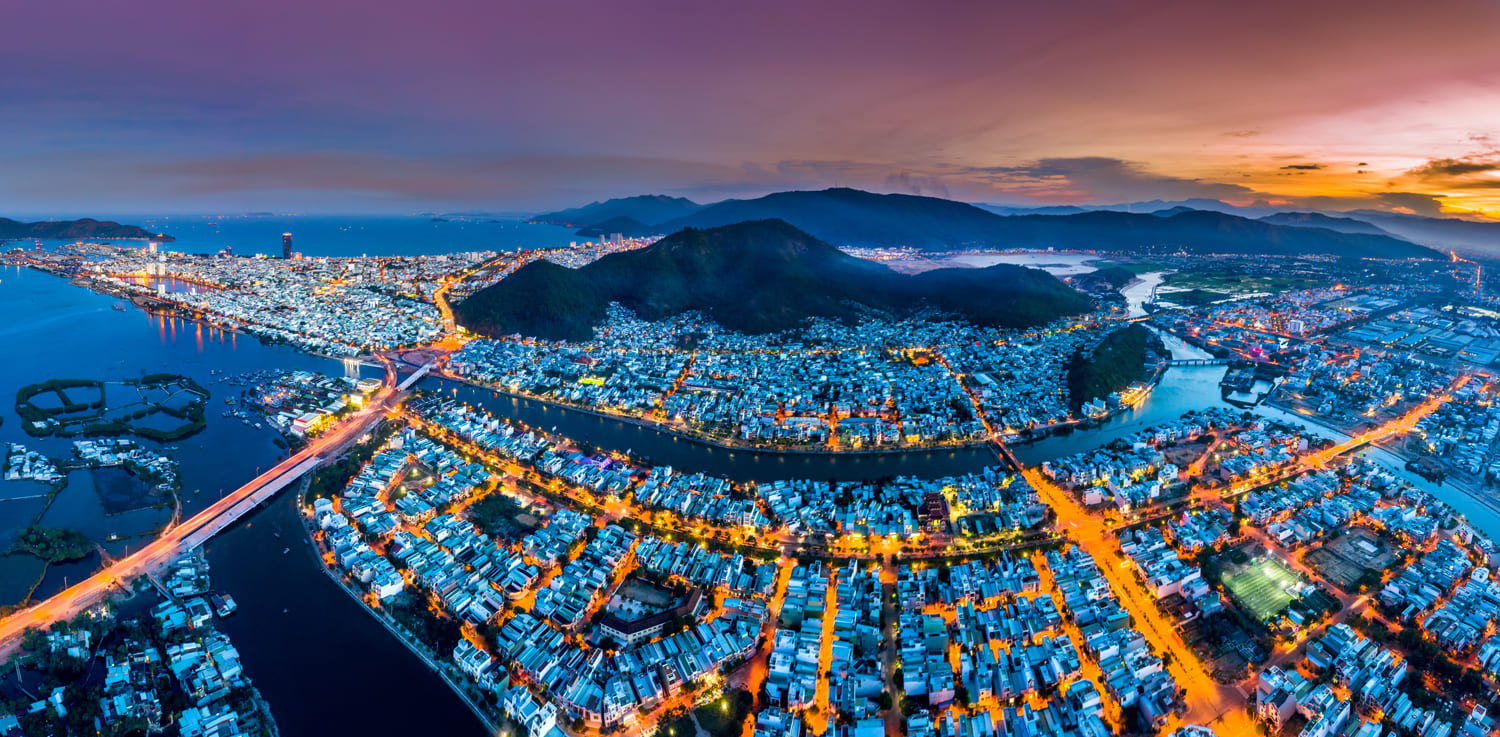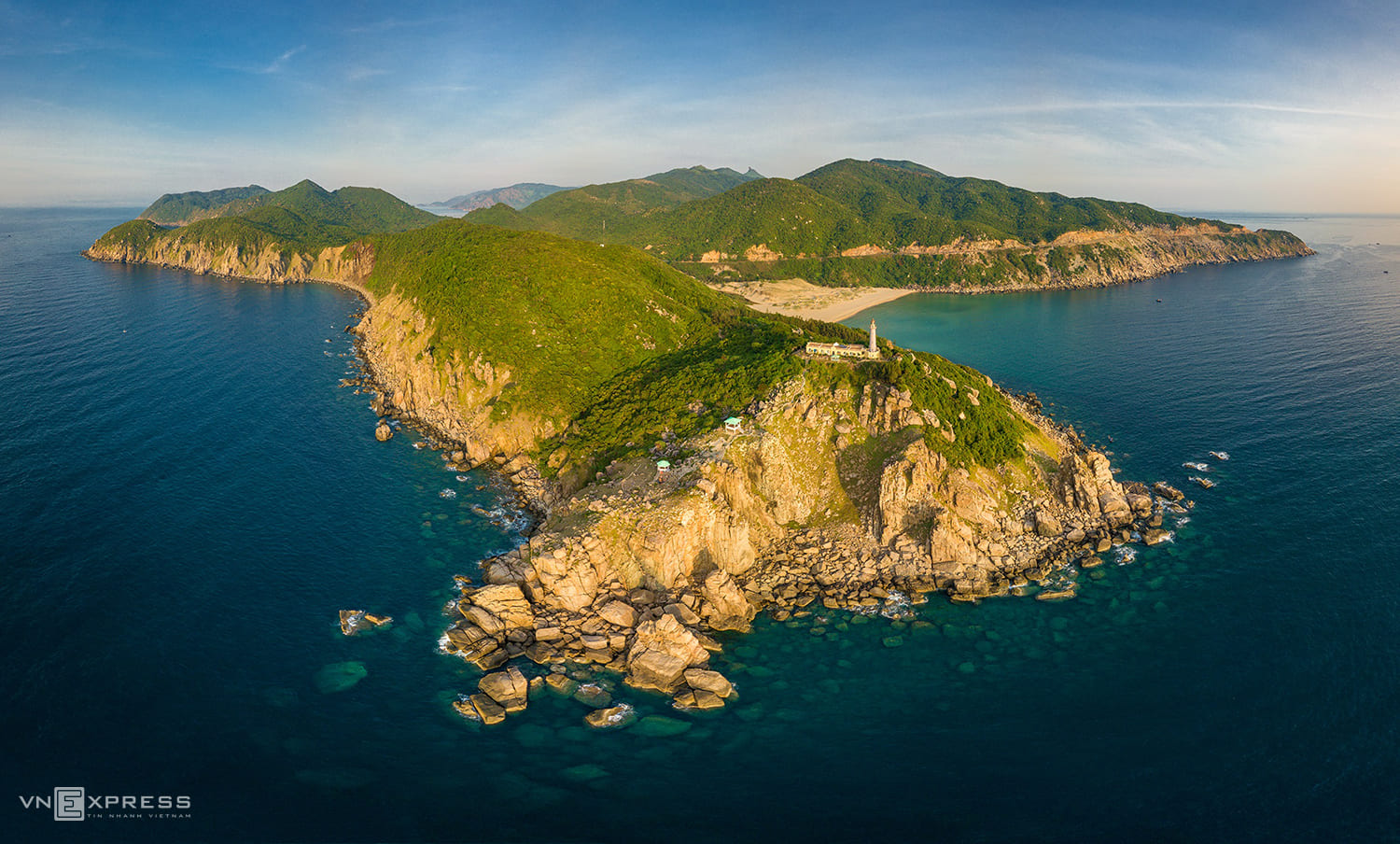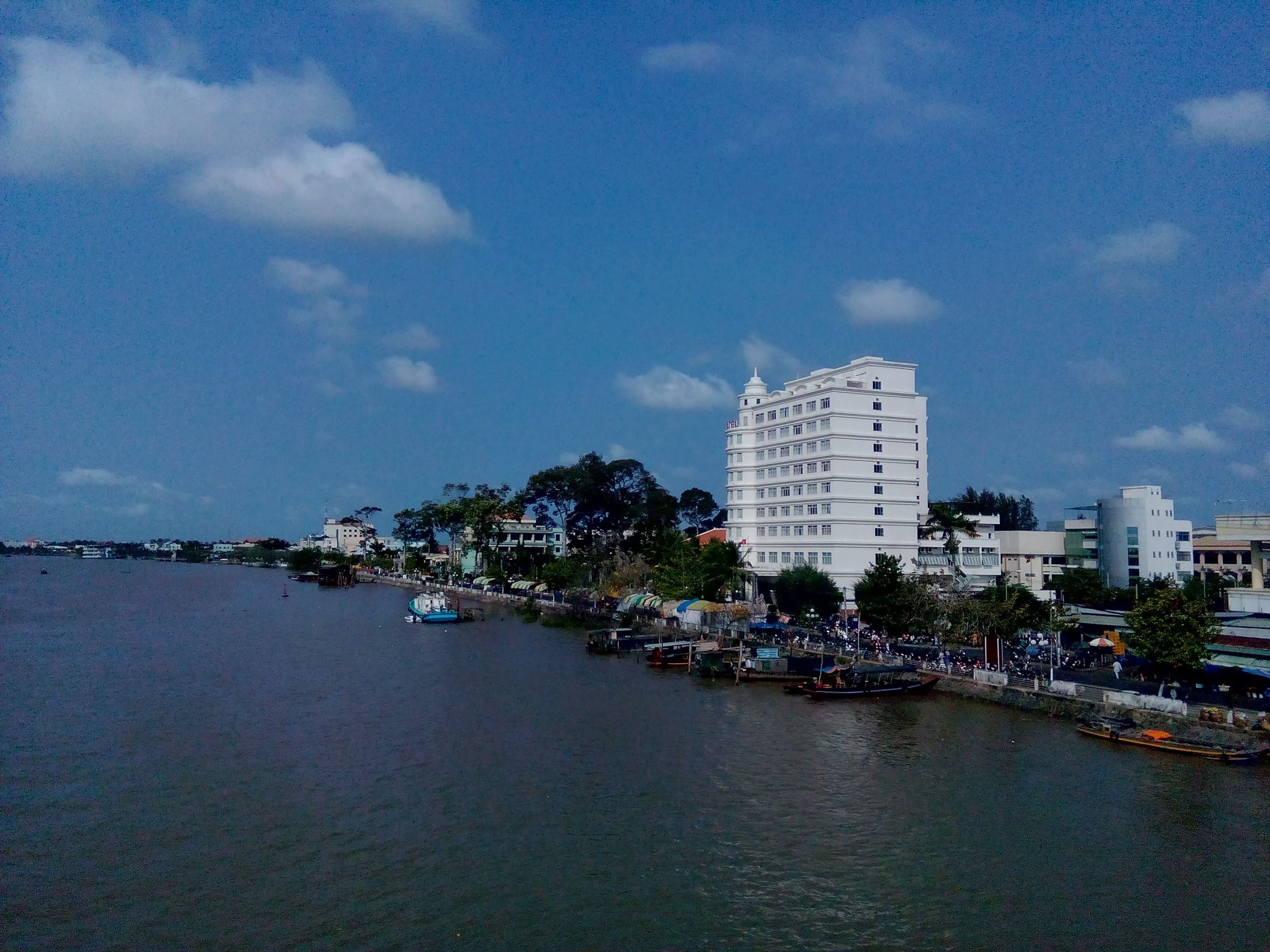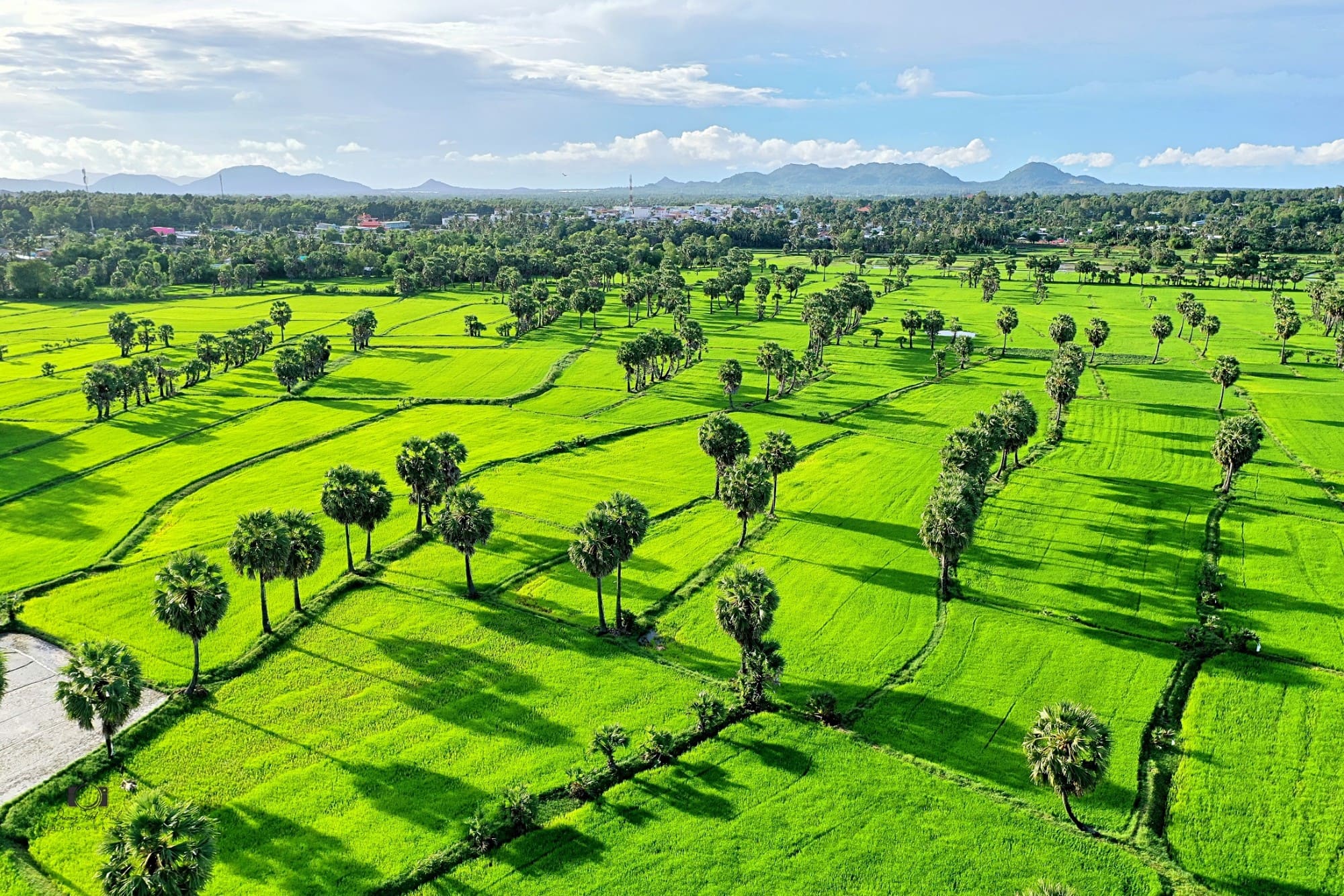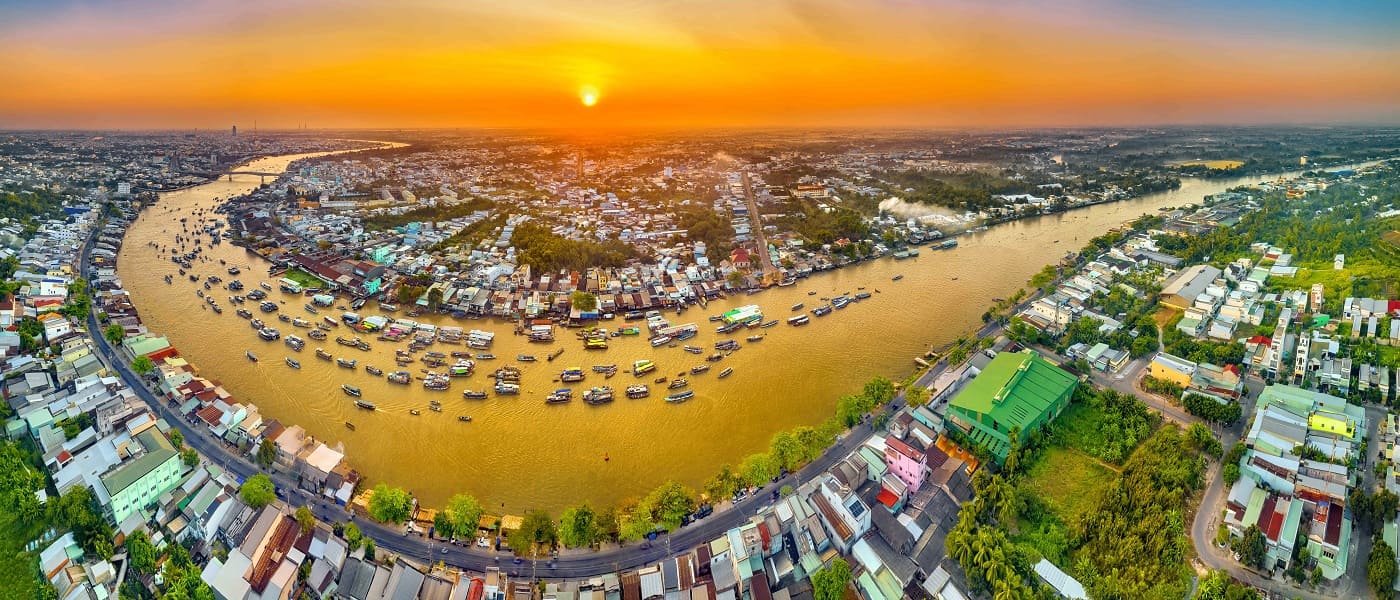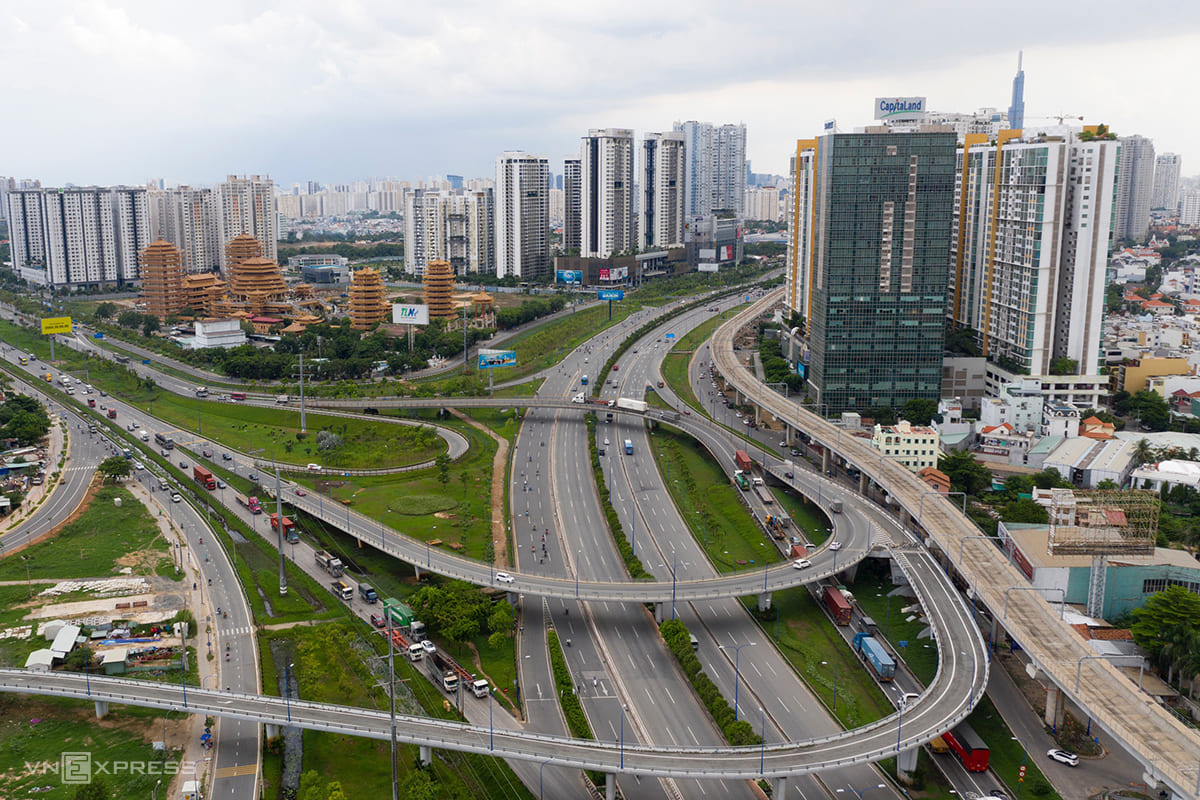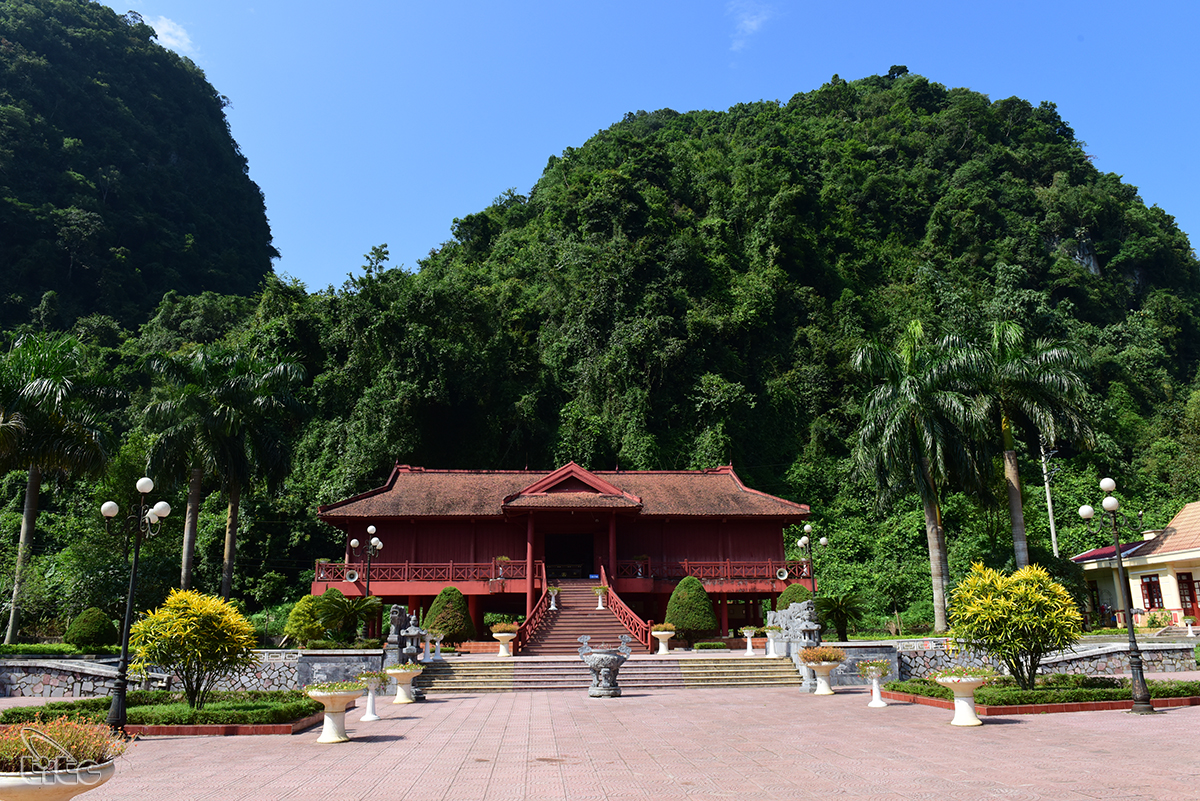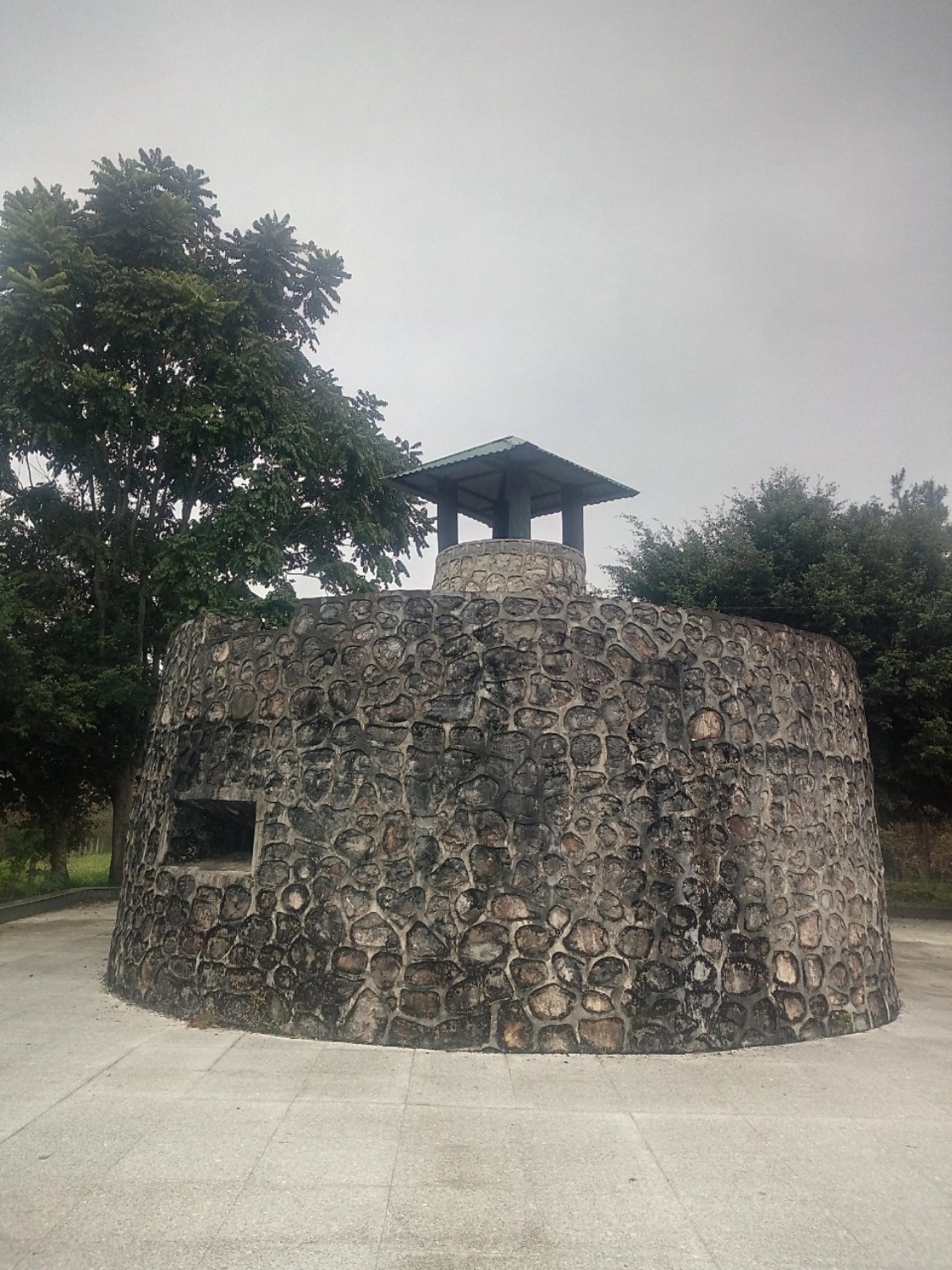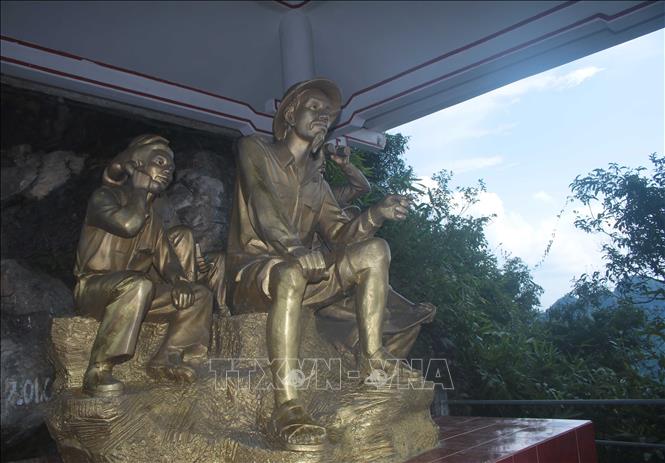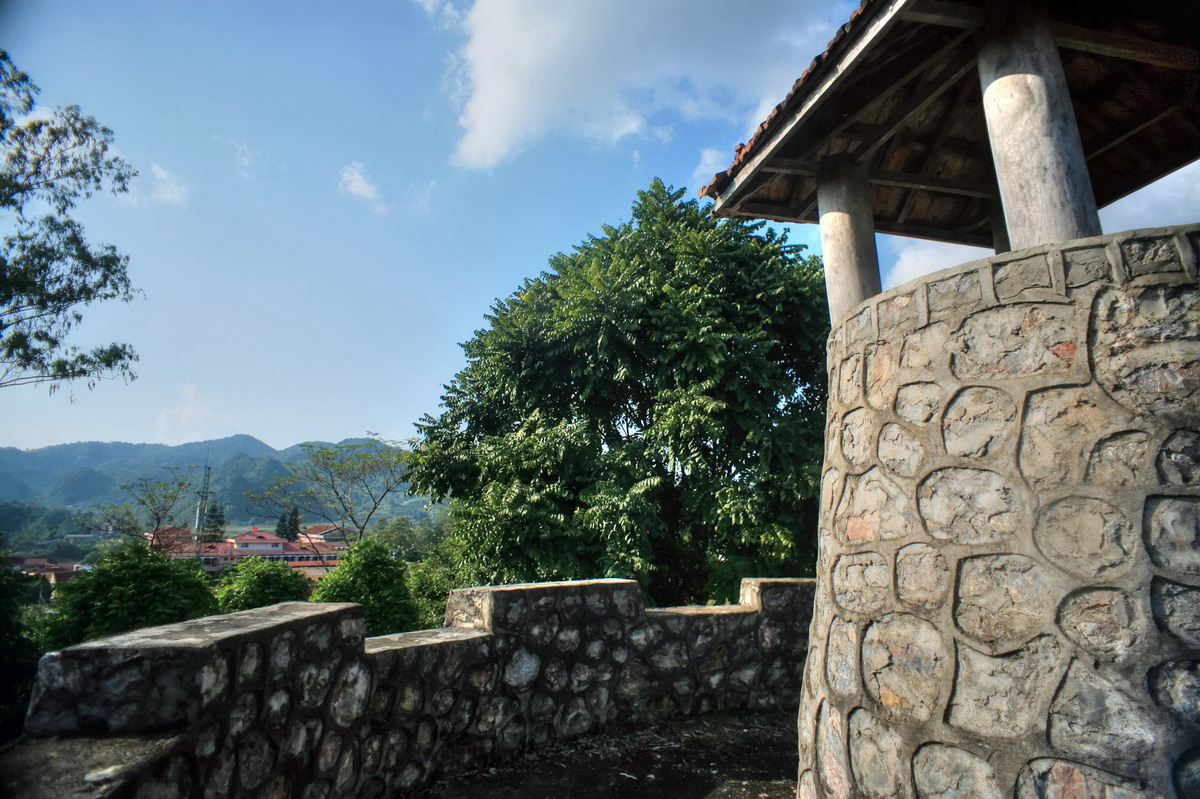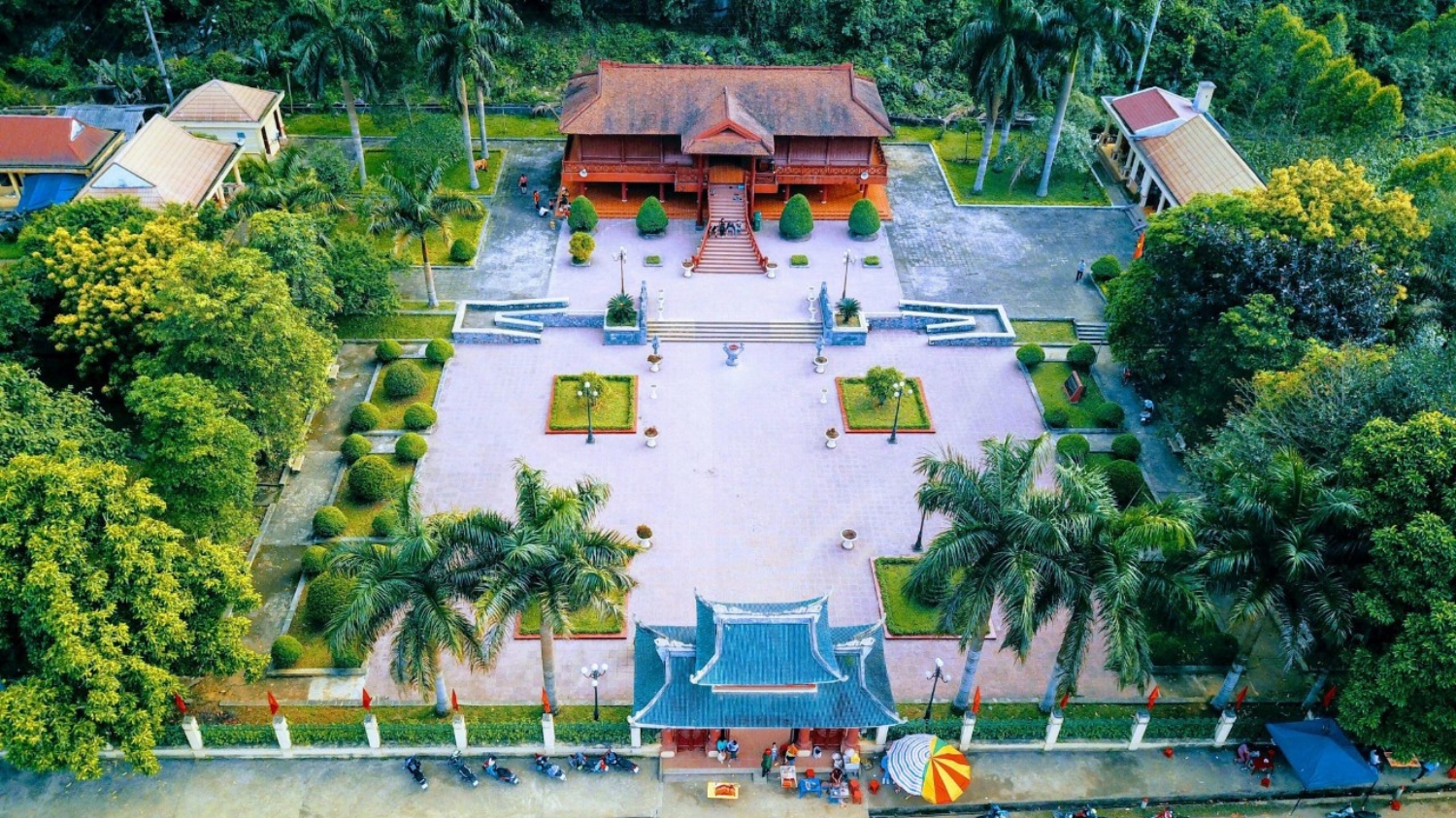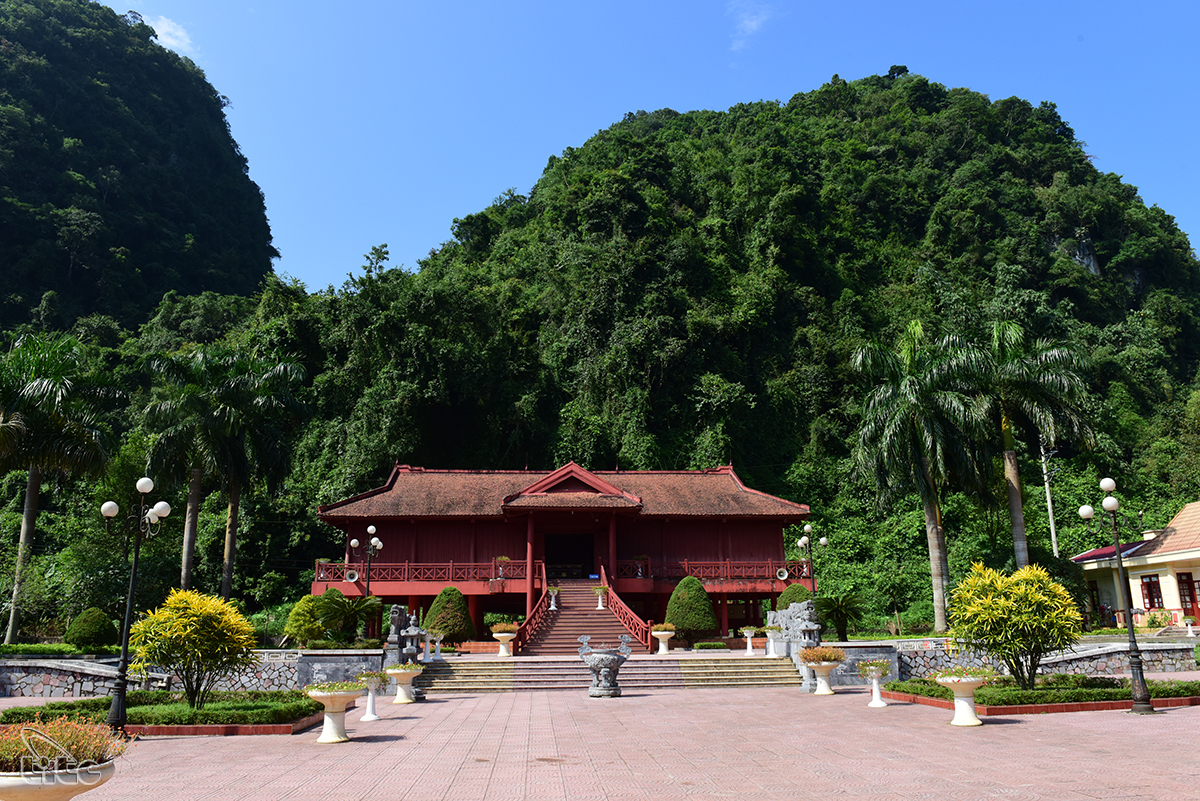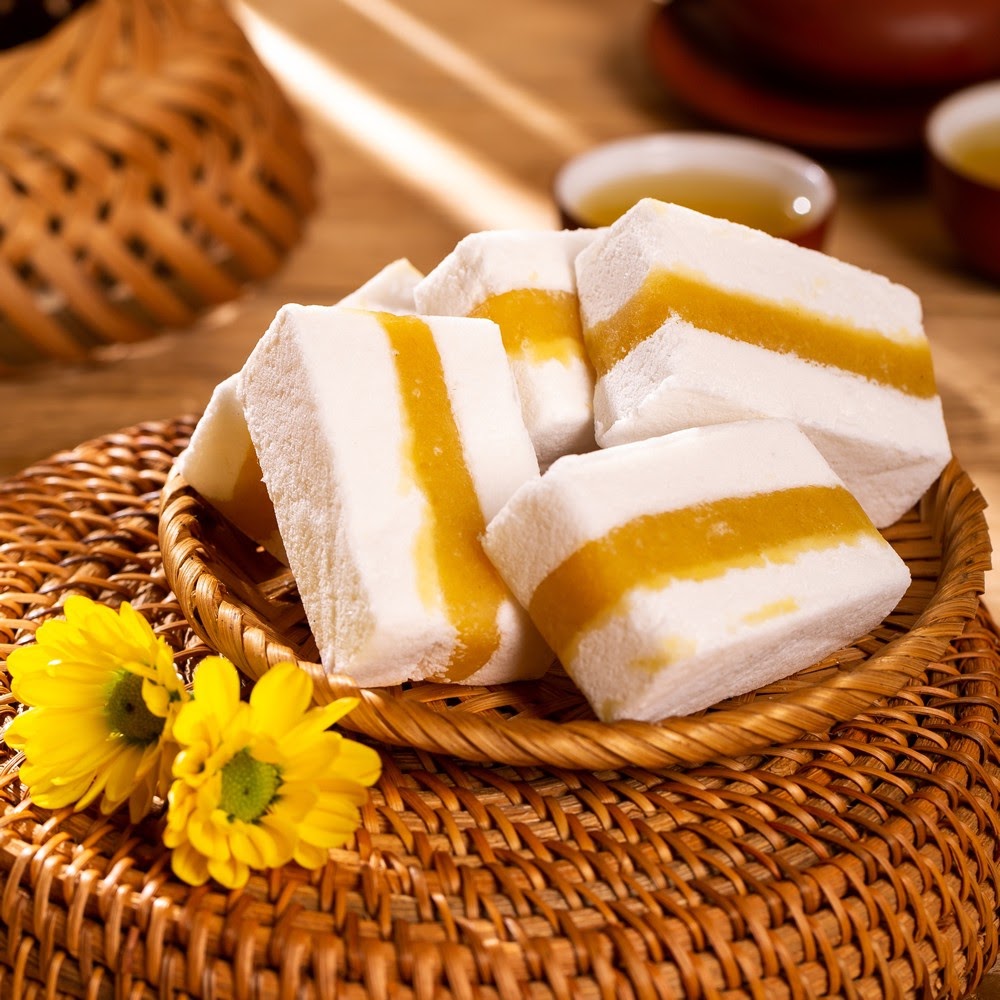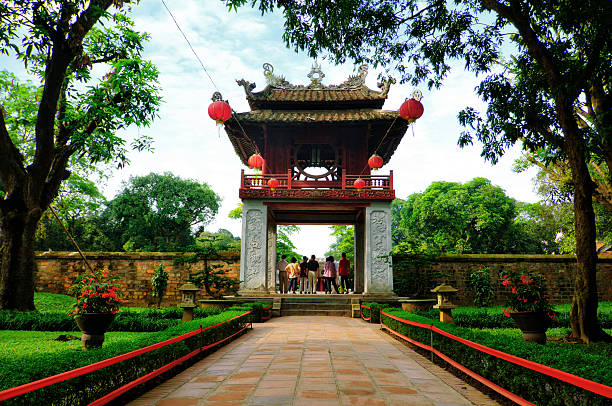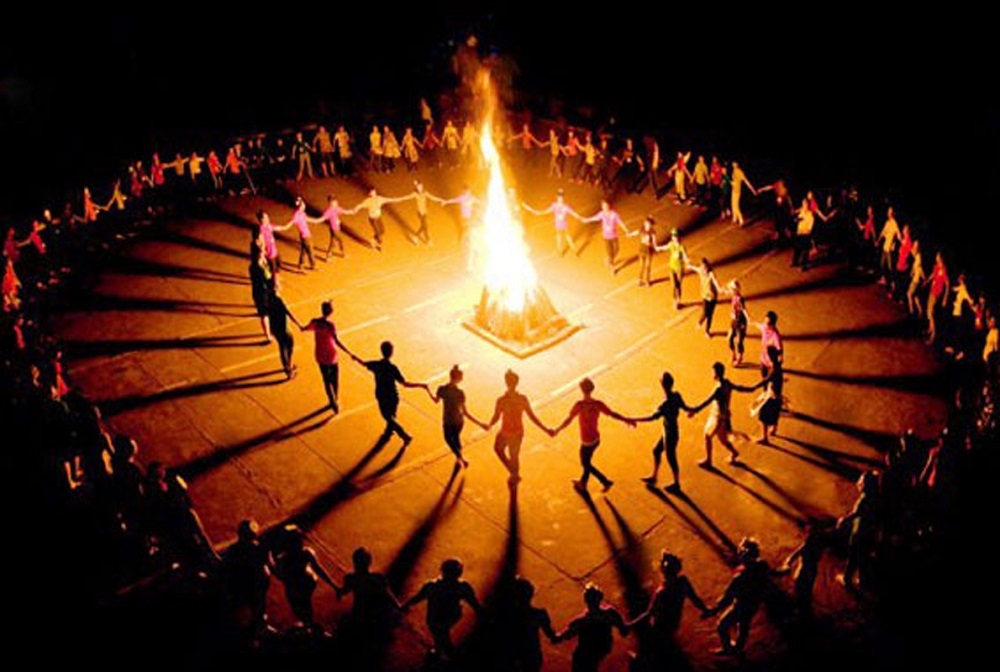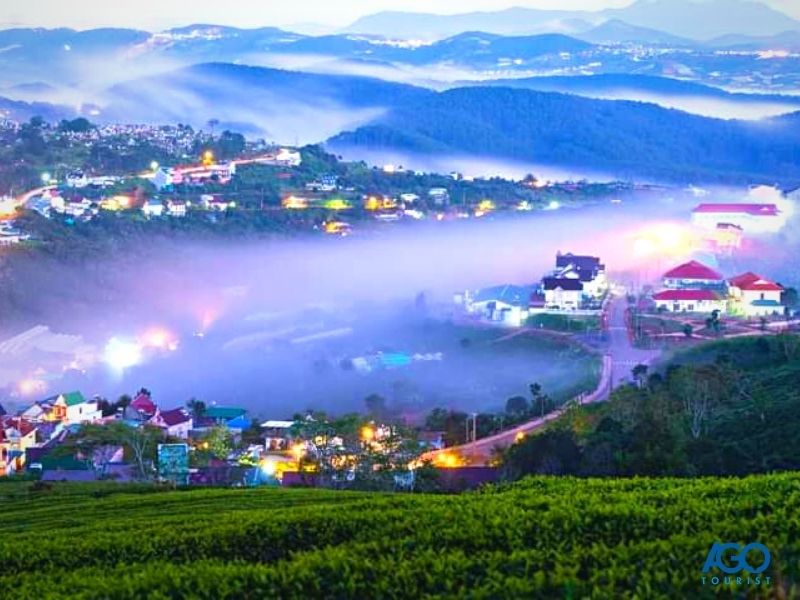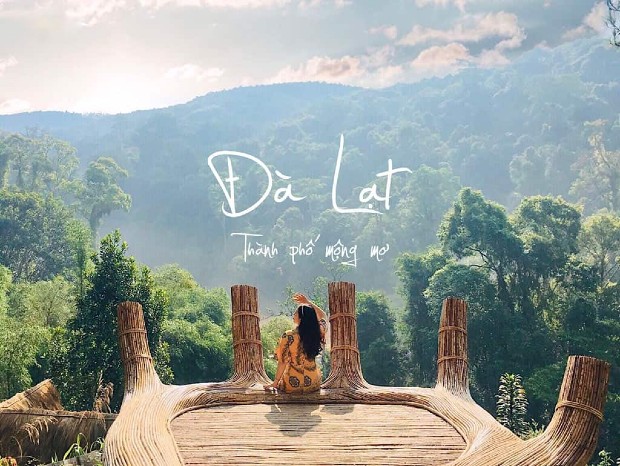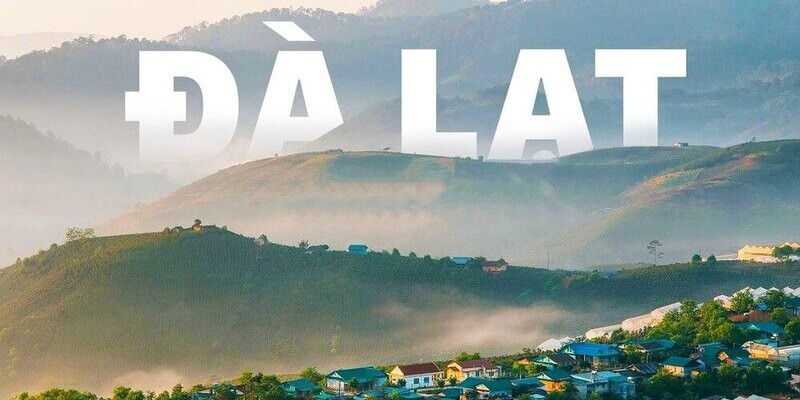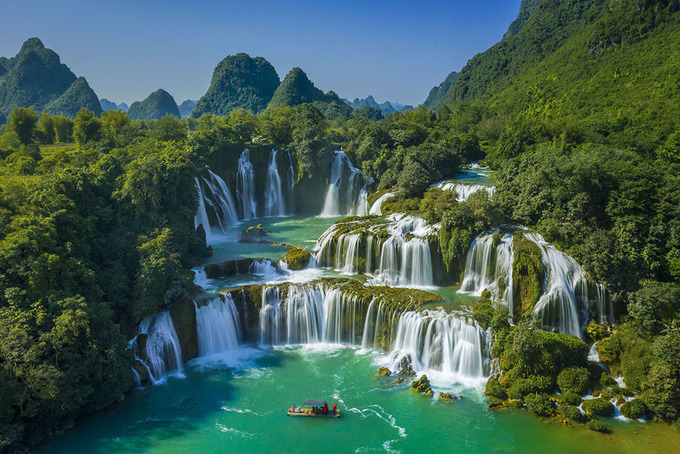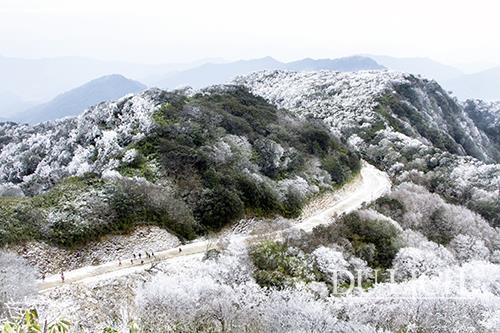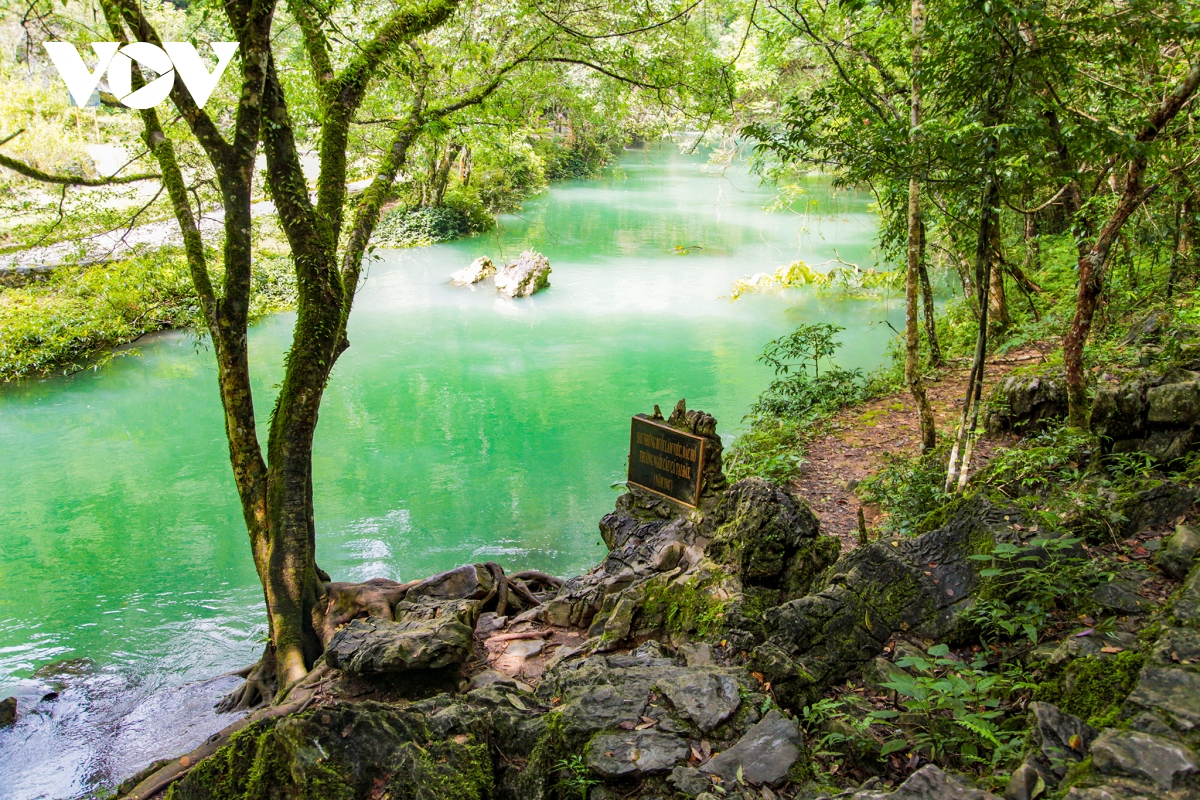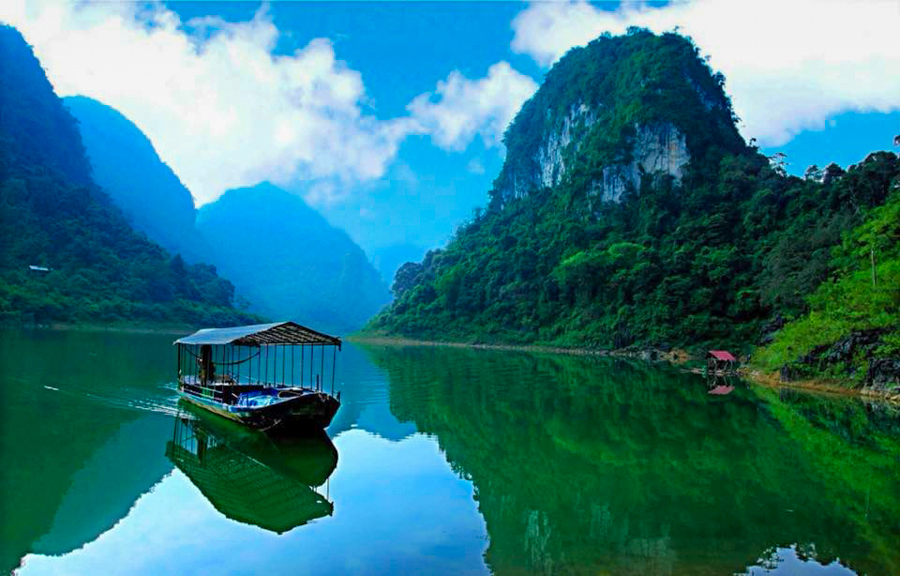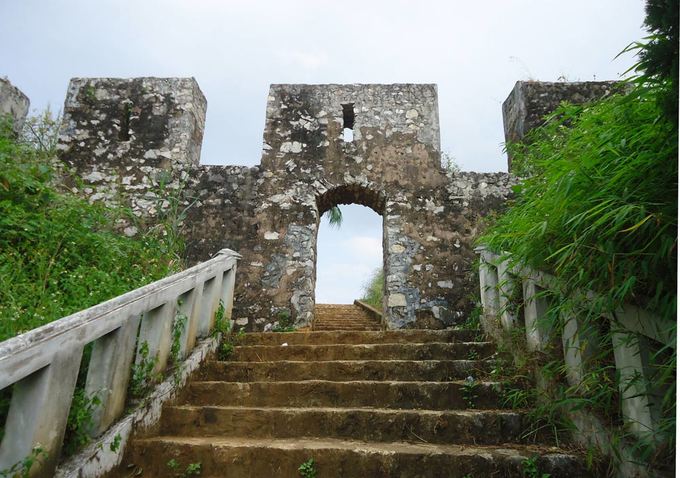When it comes to Cao Bang tourism, many tourists often think of the Pac Bo Special National Historical Relic Area, Ban Gioc Waterfall - Nguom Ngao Cave... but for those who love learning about culture and heroic history, of the nation associated with the revolutionary life of President Ho Chi Minh and of the Vietnam People's Army, you should spend more time in Cao Bang to visit and learn about the special National Relics and Battle Sites. Border victory in 1950. The 1950 Border Victory sites are about 40 km from Cao Bang city (in the direction of National Highway 4A from Cao Bang to Lang Son), there are 19 relics distributed into 4 relic clusters located in 3 communes and 3 communes. 1 town of Thach An district includes: Cluster of relics of President Ho Chi Minh with the Border victory in 1950 (Duc Long commune); Dong Khe stronghold relic cluster (Dong Khe town); Khau Luong relic cluster (Duc Xuan commune); Coc Xa relic cluster - high point 477 ( Trong Con commune). Among them, sites related to the 1950 Border Campaign are mainly distributed in the relic cluster of President Ho Chi Minh with the 1950 Border victory and the Dong Khe base relic cluster. The special national relic site of the 1950 Border Victory has a particularly important value associated with the revolutionary career of President Ho Chi Minh, General Vo Nguyen Giap and the growth and development of Vietnam People's Army. With the location, role, and important historical significance of the relic, and at the same time meeting the aspirations of the army and people of Cao Bang as well as the army and people of the whole country in preserving and effectively promoting the value of the relic, On December 25, 2017, the Prime Minister issued Decision No. 2082/QD-TTg classifying the 1950 Border Victory Site as a special national relic. After the Viet Bac Autumn-Winter victory in 1947, our army and people crushed the French colonialists' strategy of "Fight quickly, win quickly", causing the situation on the battlefield between us and the enemy to change to a "holding, struggling" position. , we have gradually moved into a counterattack position. In Indochina, the French army became increasingly bogged down in the war and fell into a passive defensive position. To save the situation, the French Government created the Rêve plan to blockade the border, use puppet troops for occupation, and concentrate European and African troops into a mobile force to carry out the policy of "using the Vietnamese to fight". Vietnamese people", "using war to feed war". In Cao Bang, France focused on strengthening the system of military bases and posts on Highway No. 4 from Cao Bang town to Dong Khe, That Khe, Na Sam, Lang Son; in which Dong Khe is an important sub-region, the shield of Cao Bang. On our side, along with strengthening military forces and expanding liberated areas, to enlist the support of people's democratic countries around the world, our Party and President Ho Chi Minh advocate promoting public works. Diplomatic cooperation with the motto "more friends, less enemies". Faced with many favorable changes in the world and domestic situation, in order to take the resistance war to a new step, in June 1950, the Party Central Committee Standing Committee decided to open the Border Campaign, named "The "Le Hong Phong II" epidemic aimed at destroying an important part of the enemy's forces and liberating part of the border; Opened borders with socialist countries, broke the French siege, and expanded and strengthened the Viet Bac base. The Central Standing Committee resolved to establish a Front Party Committee with 05 comrades: General Vo Nguyen Giap - Standing Member of the Party Central Committee, Minister of National Defense as Secretary of the Front Party Committee; Comrade Tran Dang Ninh - Member of the Party Central Committee as Chairman of the General Department of Supply; Comrade Hoang Van Thai as Chief of General Staff; Comrade Le Liem, Deputy Director of the General Department of Politics; Comrade Bui Quang Tao, Deputy Secretary of the Inter-regional Party Committee, Vice Chairman of the Viet Bac Inter-Regional Administrative Resistance Committee, is a member. Cao Bang was chosen as the main battlefield of the Border campaign, because Cao Bang has a common border with Guangxi province - China, a convenient international exchange route, and is the focal point of important strategic roads. Road No. 4 runs along the Northeast border to the Gulf of Tonkin coastal region. Road No. 3 connects Cao Bang - Bac Kan - Thai Nguyen. Furthermore, the people of Cao Bang were challenged and trained during the revolutionary period. By the end of 1949, localities around Highway 3 from Ngan Son to Bac Kan and most districts in Cao Bang province were liberated. Given the importance of the Campaign, from the end of August 1950, despite being busy with many important matters, President Ho Chi Minh - the supreme leader - went to the front with the Campaign Command to directly direct the Campaign. campaign, mobilizing soldiers and people to fight. The victory of the Border Campaign has profound national and era significance. The 1950 Border Campaign was the first major offensive campaign of the Vietnam People's Army in the resistance war against the French colonialists, a campaign of special importance under the direct direction of the Party Central Committee. President Ho Chi Minh and General Vo Nguyen Giap. The Border Campaign eliminated more than 8,300 enemies from combat, liberating the entire Vietnam-China border from Cao Bang to Dinh Lap with 350,000 people, with an area of 4,500 km2; breaching France's "East-West Corridor". The enemy's siege both inside and outside of the Viet Bac base was broken. The victory of the Border Campaign changed the war situation between us and France, creating a new change in attack and counter-attack strategies, contributing to bringing the resistance war to victory, culminating in the campaign. Dien Bien Phu in 1954. When looking back at France's failure in the Indochina war, former Governor General of Indochina Catoru bitterly confirmed: "The failure of the French army at the Vietnam-China border in October/ 1950 had a decisive influence on the fate of Indochina and Dien Bien Phu later suffered from that influence. The victory of the Border victory in 1950 proved the correctness of the "all-people, comprehensive, long-term, relying on one's own strength" war policy proposed by the Party and President Ho Chi Minh. The lessons of promoting internal strength, building resistance forces, and building the army to achieve victory in the 1950 Border Campaign still remain valuable in the current work of building and protecting the homeland.
Cao Bang 1994 view From January to December
Ngày cập nhật : 07/03/2023


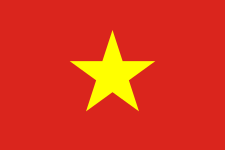 vn
vn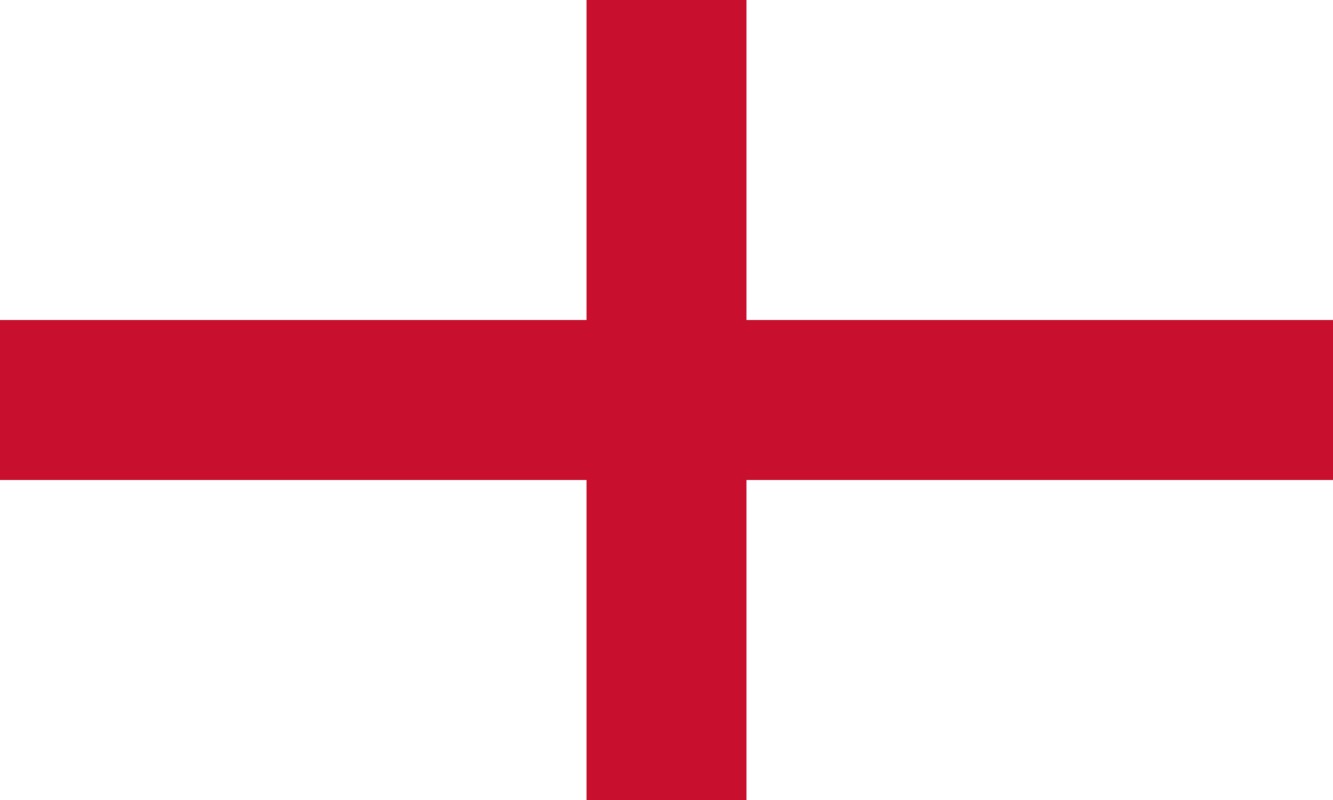 en
en ja
ja ko
ko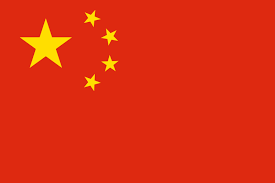 zh
zh


















